LG C4 is a television that, in its price range, will likely have no competition for many users. Thanks to its extensive capabilities, it will appeal to those looking for a television not only for films and series but also for gaming. The advanced WebOS system and a remote control that functions like a mouse will certainly be a significant convenience in everyday use, making it likely that we will stick with this brand for much longer. The OLED panel implemented by the manufacturer, resulting from over 10 years of history, shows that this brand has not yet said its last word. The brightness results in HDR materials are very solid and can deliver an incredibly dynamic and deep image. It is worth mentioning the excellently implemented dynamic tone mapping feature, which makes HDR10 content look almost as good as Dolby Vision. And when it comes to fidelity to artistic vision, one cannot overlook how calibratable LG televisions are, allowing considerable freedom for calibrators and classic calibration for home users, as well as 3D LUT for professionals. However, if we are looking for a gaming television, then the LG C4, like most of the manufacturer’s OLED televisions, will be an ideal choice. With the implementation of HDMI 2.1 ports and the full utilisation of their potential, we can enjoy incredibly smooth gameplay with all the benefits, such as VRR, ALLM, FreeSync, and G-Sync. Of course, the panel, with a maximum refresh rate of 144 Hz and an advanced motion smoother, will also provide a very smooth and sharp image during the broadcast of various sporting events. It is hard not to give a high rating to LG OLED C4, as a television in a similar price range with such advanced features is difficult to find among the competition.
- Matching (Score)
- Our verdict
- TV appearance
- Where to buy
- Contrast and black detail
- HDR effect quality
- Factory color reproduction
- Color reproduction after calibration
- Smoothness of tonal transitions
- Image scaling and smoothness of tonal transitions
- Blur and motion smoothness
- Console compatibility and gaming features
- Input lag
- Compatibility with PC
- Viewing angles
- TV efficiency during daytime
- Details about the matrix
- TV features
- Apps
- Playing files from USB
- Sound
LG OLED C4 vs TCL C7K / QM7K 55"-85"
Direct compare
C45 / C41
C7K / Q7C / MQLED85K / C79K / C71K / QM7K

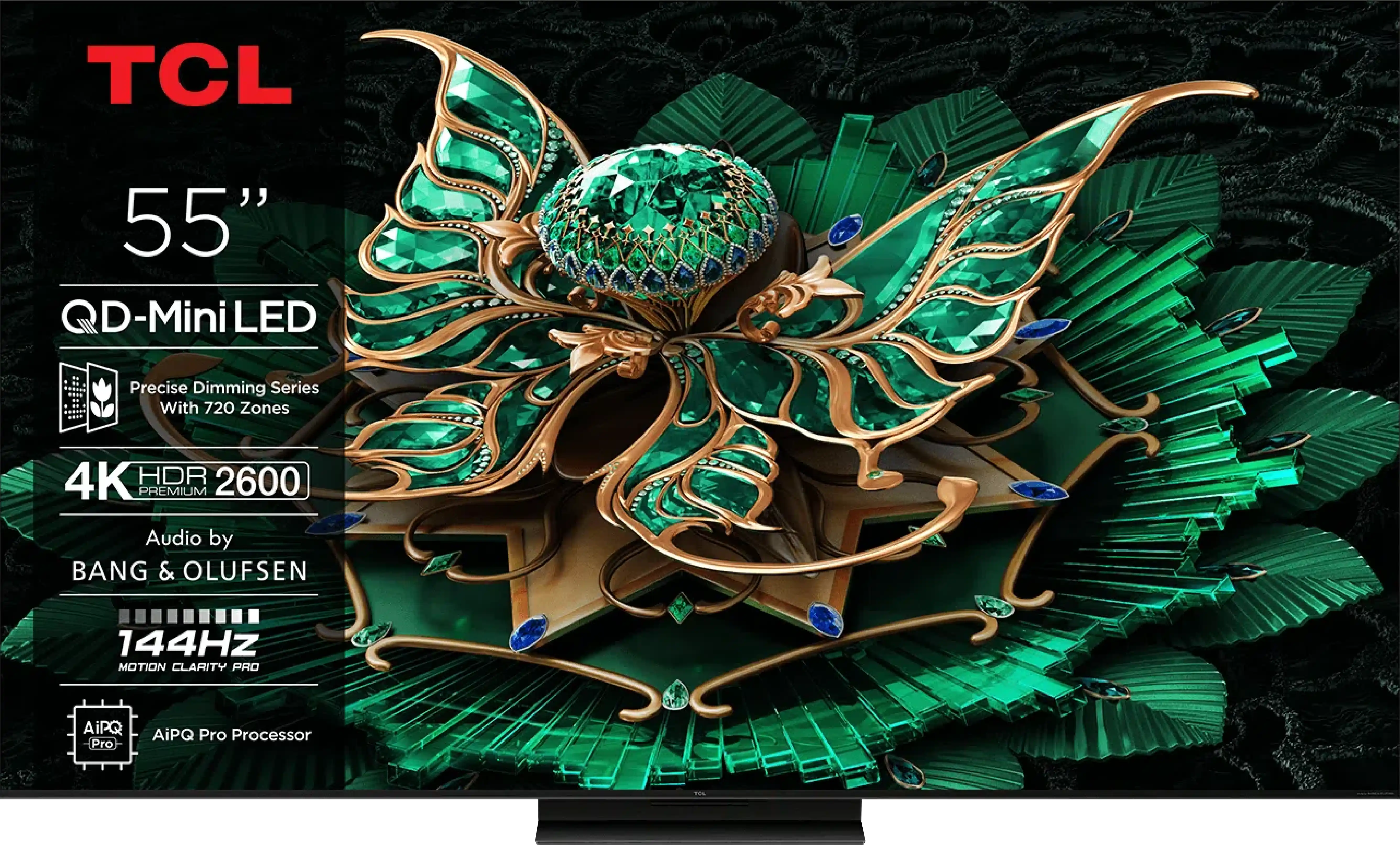
Panel type: WRGB OLED
Resolution: 3840x2160
System: WebOS
Model year: 2024
Complete the survey to find out the result

Panel type: LCD VA
Resolution: 3840x2160
System: Google TV
Model year: 2025
Complete the survey to find out the result

Overall rating
8.2
7.4
Movies and series in UHD quality
8.2
7.2
Classic TV, YouTube
8.8
6.9
Sports broadcasts (TV and apps)
8.6
6.8
Gaming on console
9.3
8.7
TV as a computer monitor
8.6
8.4
Watching in bright light
5.7
6.4
Utility functions
8.9
7.3
Apps
9.1
9.6
Sound quality
7.5
7.7
Complete the survey to find out what fits your preferences
Advantages
High efficiency in HDR materials
Very good colour reproduction after calibration
Faithfulness to the image with directorial vision
Excellent collaboration with consoles and PCs - low input lag, a wealth of conveniences
Advanced motion smoothing system
Very good black - VA panel with a large number of Mini-LED zones
High brightness in HDR - over 1000 nits
Great for gamers - HDMI 2.1, low input lag, VRR, ALLM, etc.
Good motion smoothness - 144Hz panel
Supports multiple HDR formats: HDR10, HDR10+, Dolby Vision
Google TV operating system with access to a vast application base
Pleasant sound from built-in speakers (6.2.2) Bang & Olufsen
Disadvantages
Sometimes visible tonal transitions
Google TV can work with minor stutters
No USB recording and PiP function
Our verdict
There are televisions that come in for testing and at first glance seem like just another "average" model. The TCL C7K looks just that way – without grand claims of revolution, without ambitions to dethrone OLEDs. Yet after spending a few days with this model, it's hard not to conclude that it's actually a well-made product. Its greatest strengths? Very good picture quality at a reasonable price. MiniLED combined with QLED filtering provides vibrant colours, high brightness, and contrast that really impresses in this class. Motion in sports or gaming looks smooth, and the presence of HDMI 2.1 and 144 Hz refresh rate makes gaming on this model a pure delight. Additionally, there's the Google TV system – it offers a vast range of possibilities: from voice control to AirPlay support, and access to all the most important applications.
Are there any drawbacks? Certainly. MiniLED still has its limitations, and in the most challenging cinematic scenes, compromises in dimming can be noticed. Google TV also doesn't always run perfectly smoothly. However, these are rather minor issues that don't overshadow the overall picture – which is indeed very positive. It's also worth highlighting the difference between versions. The 50-inch version we tested can surprise, but the 55–85 inch models perform significantly better – they have more lighting zones, even higher contrast quality, and better sound. So if you're considering purchasing the C7K, it's definitely worth opting for a larger size.
TV appearance




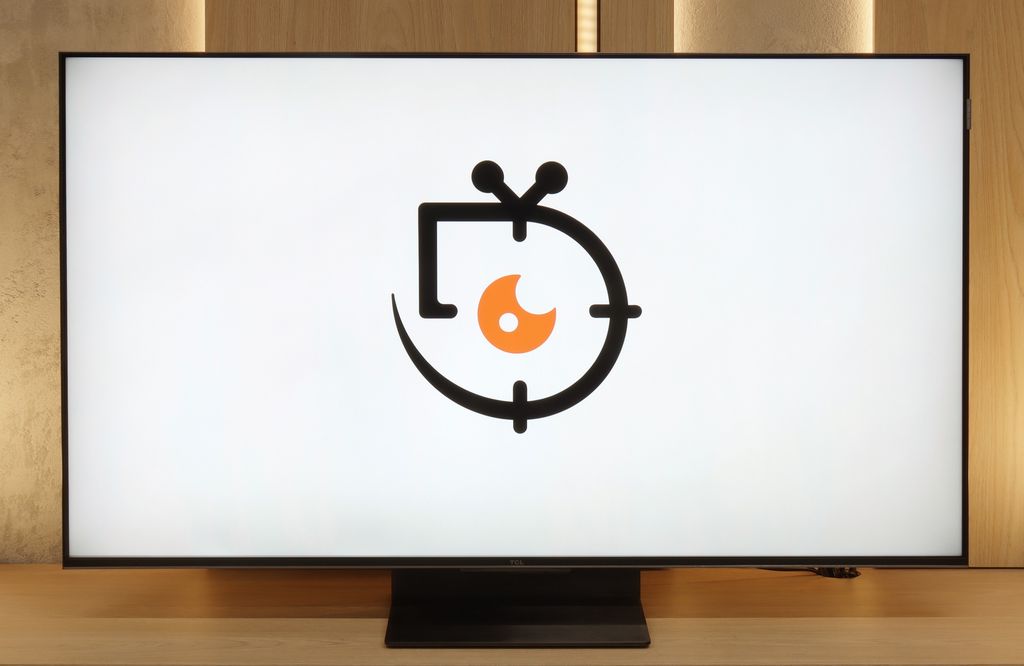
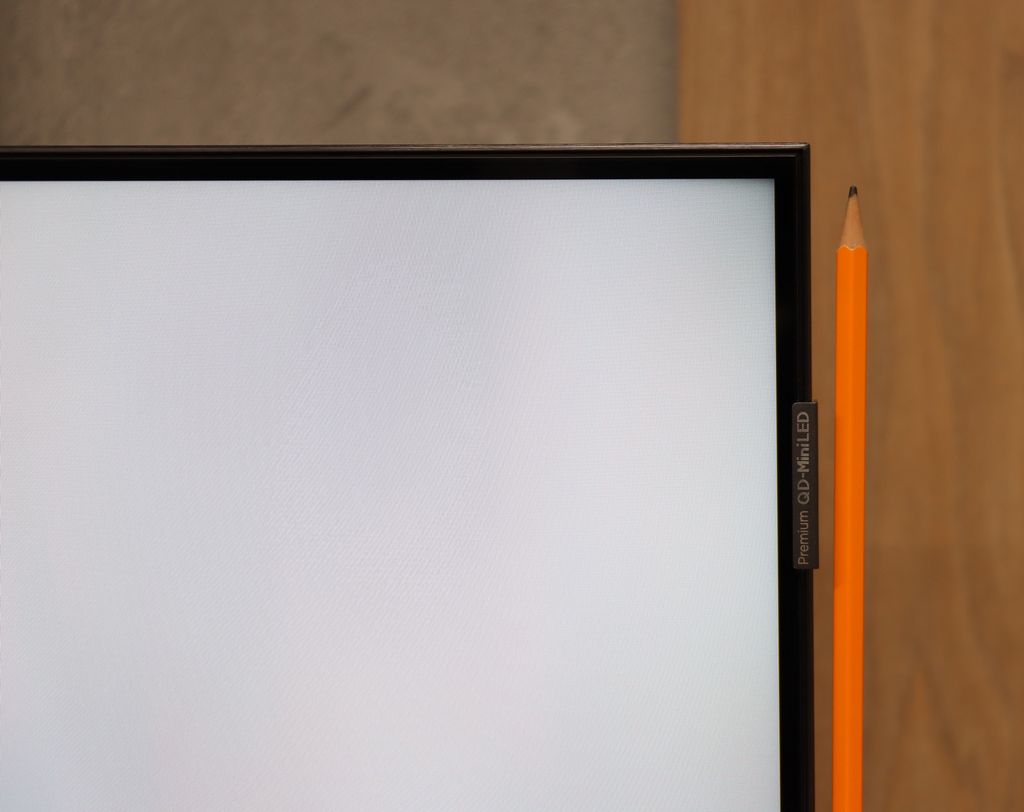
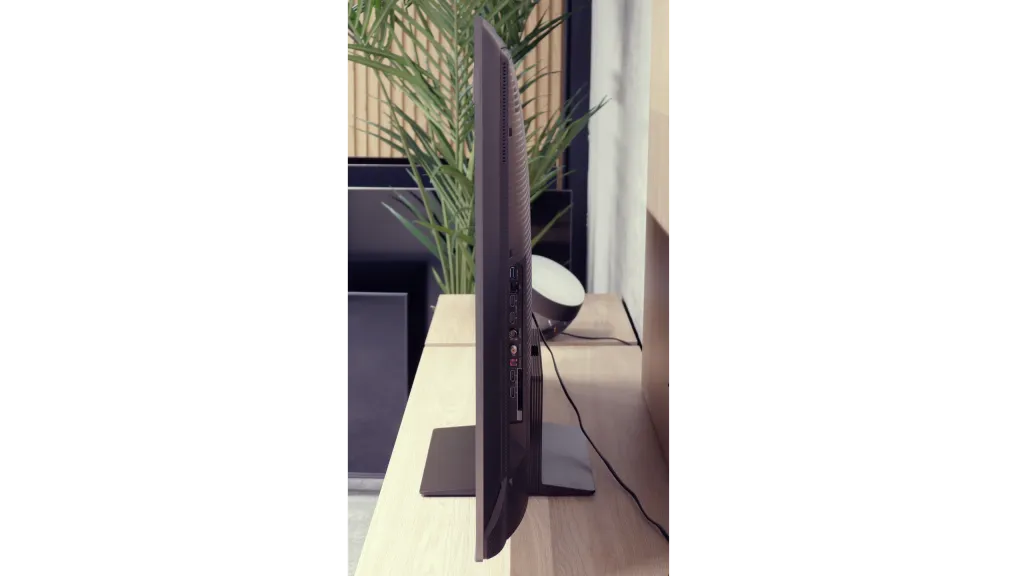
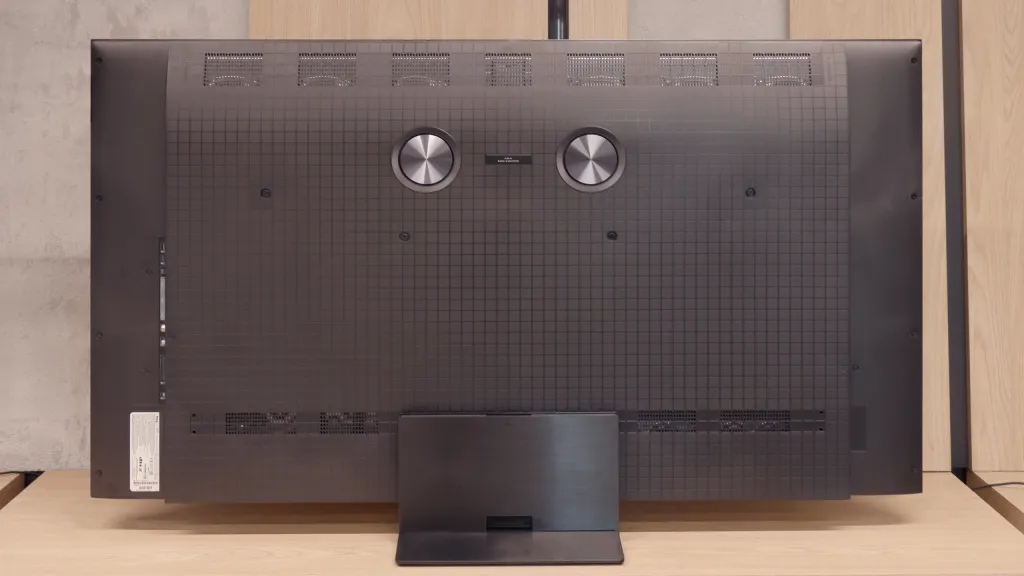
Contrast and black detail
10/10
8.1/10
Local dimming function: Yes, number of zones: 1008 (42 x 24)
Contrast:

Result
∞:1

Result
∞:1

Result
∞:1

Result
∞:1

Result
∞:1

Result
256,000:1

Result
59,850:1

Result
22,200:1

Result
16,850:1

Result
11,400:1
Halo effect and black detail visibility:

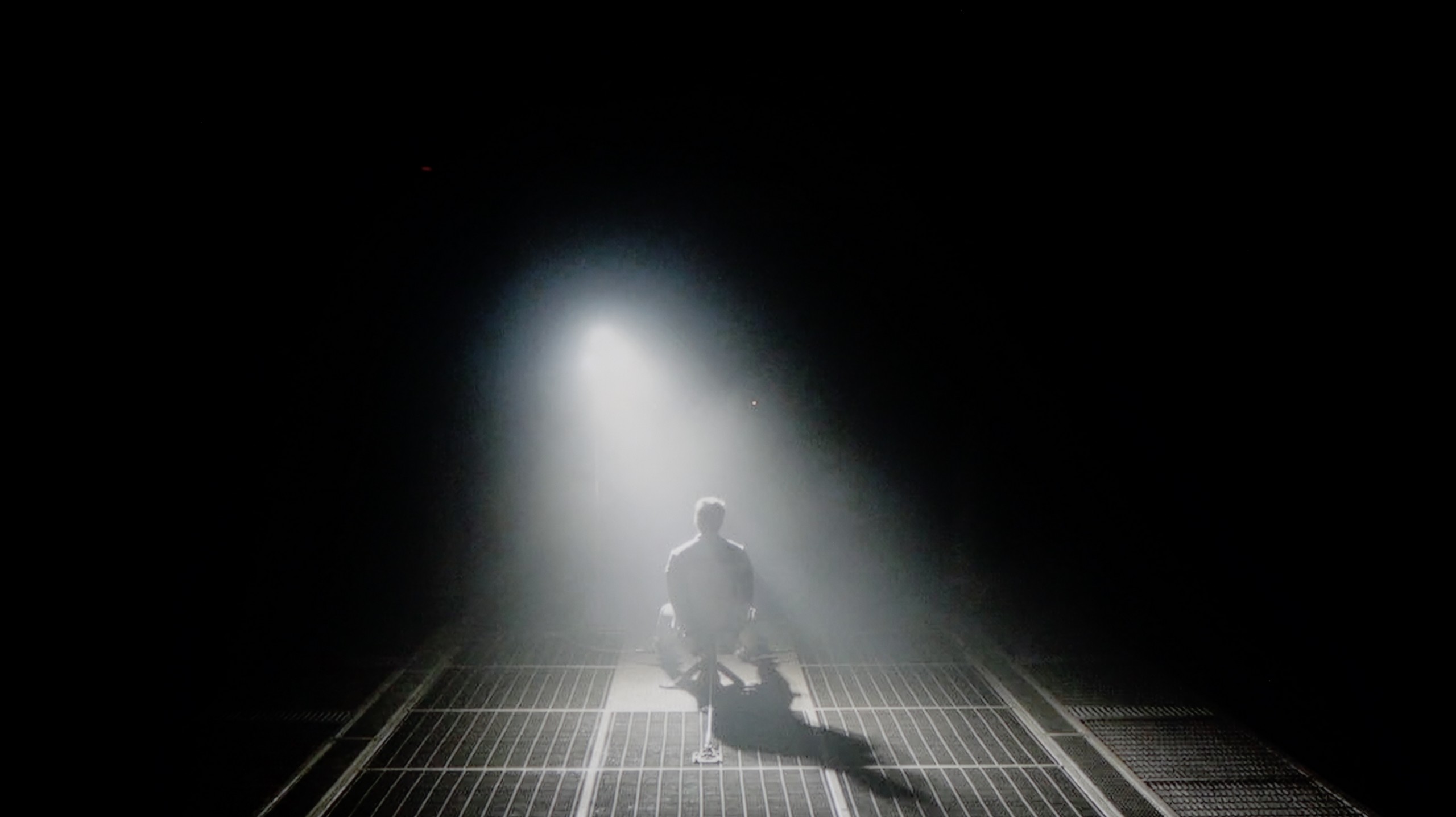
LG OLED C4, as the name suggests, uses an organic panel of its own production. This series definitely ranks among the most recognisable on the market. Over 10 years of experience in the construction of self-emitting panels has allowed for the refinement of each subsequent design, with the models from the 2024 vintage being the epitome of this. Of course, the use of this type of screen enables the achievement of impeccable contrast and blacks, allowing for immersion in the world created by the director. This is made possible by the OLED panel, characterised by the absence of conventional backlighting, with current passing through organic pixels instead. This allows for super-accurate control of the image, thereby eliminating issues such as the dimming of delicate fine details or the halo/blooming effect. Looking at both of our test scenes, we can observe two things: perfect separation of lights and a whole plethora of details in the film "Sicario 2".
The results of black and contrast tests in models ranging from 55 to 85 inches are very similar, which is why in the main part of the evaluation we refer to the 65-inch version. It is a natural phenomenon that larger sizes mean a greater number of local dimming zones, and in the case of 65 inches, we counted over 1000. The effect is very good – the contrast is at a high level and performs definitely better than in the smallest, 50-inch variant. Typical MiniLED limitations are still visible, such as the halo effect or slightly too aggressive dimming of the image, however, here they are less noticeable than in the smaller model.
For comparison, it is worth recalling that the 50-inch TCL C7K, despite surprising with the use of as many as 336 dimming zones, had difficulties managing the backlight in more complex scenes – overexposures or loss of detail occurred. In larger sizes, this problem does not completely disappear, but thanks to the greater number of zones, its impact on the perception of the image is less bothersome.
HDR effect quality
6.8/10
6.2/10
Luminance measurements in HDR:

Result
796 nit

Result
772 nit

Result
869 nit

Result
837 nit

Result
604 nit

Result
1108 nit

Result
405 nit

Result
865 nit

Result
290 nit

Result
848 nit
Scene from the movie “Pan” (about 2800 nits)


Scene from the movie “Billy Lynn” (about 1100 nits)


Static HDR10


Dynamic: Dolby Vision
Dynamic: Dolby Vision


HDR luminance chart:
TCL C7K / QM7K 55"-85"
HDR luminance
LG OLED C4
HDR luminance
Luminance of RGB colors
The results of HDR materials are definitely among the better ones. Practically every film significantly exceeds the 700 nits barrier, allowing for a very realistic image. Of course, none of them surpasses the magical thousand, yet the combination of such results and unlimited contrast and black effectively boosts the outcome optically. The last of the scenes, featuring a full-screen burst of sunlight, is actually less bright than the others, although it still represents a commendable level. It is also worth mentioning the excellent coverage of the DCI-P3 colour palette, which will allow for achieving extremely vivid colours.
In terms of brightness, the models ranging from 55 to 85 inches in the C7K series are truly impressive. Under the best testing conditions, the 65-inch screen reached over 1200 nits, which in practice means that the brightest scenes can shine with almost cinematic brilliance. These are not just dry numbers from measurements – during viewings, the white skies, explosions or reflections of light on water looked extraordinarily striking, often giving the impression that the television exceeded its price class. This is particularly effective in scenes with large areas of brightness, where the screen is filled with intense light – such as in sunlit shots or during dynamic action sequences. Viewers seeking strong HDR will definitely be satisfied.
However, scenes that require precise control of the backlighting – with small points of light on a dark background – prove to be more challenging. Here, the C7K, despite having over a thousand zones, still dims the brightness to maintain deep blacks. The effect is that in films like Sicario 2 or Life of Pi, some details, like a distant lantern or single reflections, can be less distinct or blend into the surroundings. This is a compromise inherent in MiniLED technology – it provides excellent image depth and blacks at a level that ordinary LCDs do not offer, but this comes at the cost of limited visibility of the finest lights.
Factory color reproduction
8.1/10
6/10


Factory Mode
After calibration
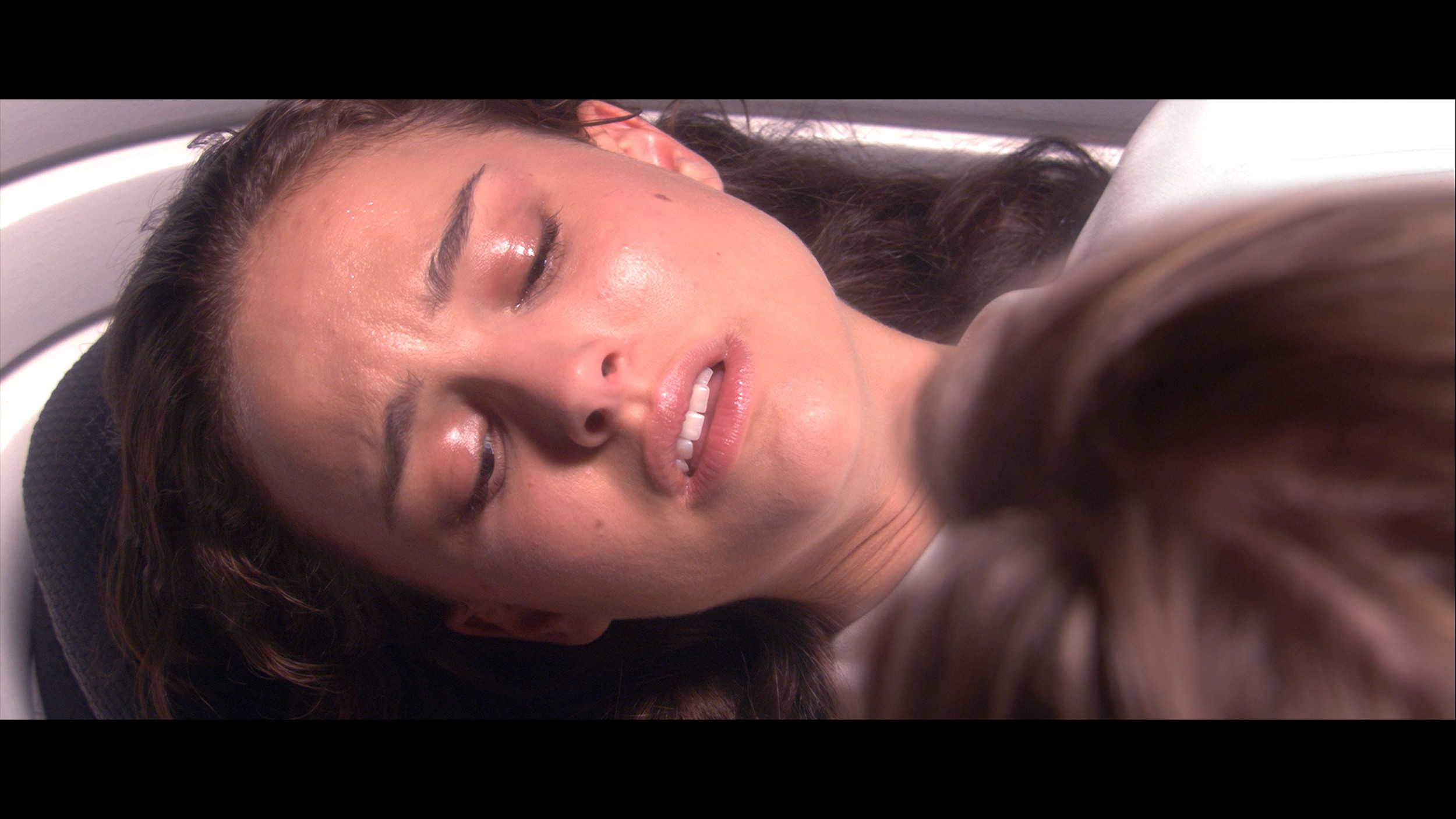
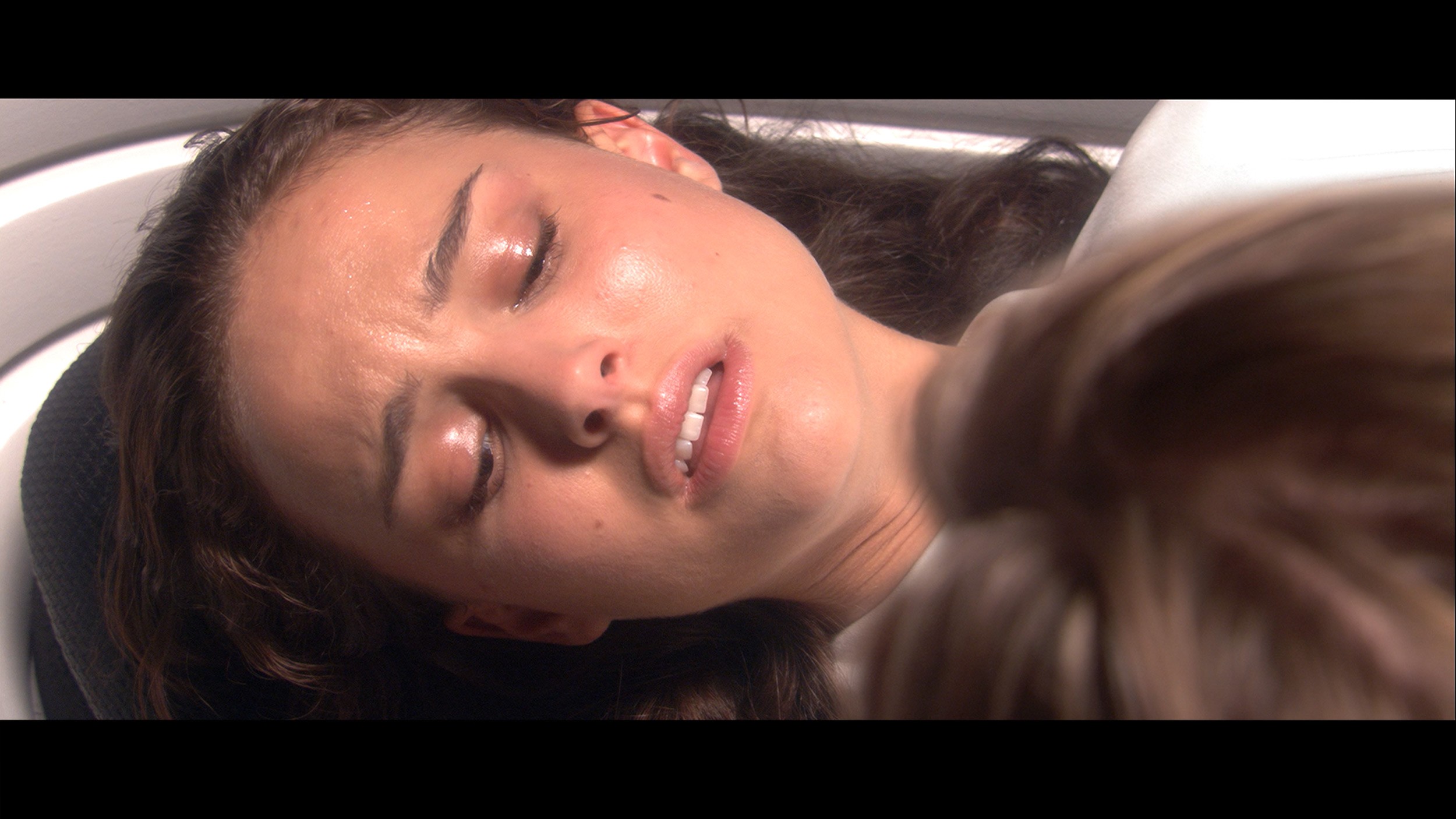
Factory Mode
After calibration
The best factory mode implemented in the tested television was "Filmmaker". It was this mode that we used during all tests. This mode proved to be quite good in terms of colour reproduction; however, other shortcomings effectively detracted from the enjoyment of viewing. Starting with the most basic aspect, the white balance, it was easy to notice that it was marked by a dominance of red, which overall changed the characteristics of the image. We could thus see a strong yellowing of the whites and a shift of all colours towards warmer shades. The gamma, which is a curve just as important, if not more so, was quite significantly lowered, resulting in a considerable drop in contrast, except at the beginning of the graph, where the television insidiously lost details. That’s all regarding SDR materials. Taking a closer look at films with a wide dynamic range, we can observe exactly the same phenomenon of yellowing of the white balance as in films with a standard colour palette. The EOTF curve, which replaces our gamma curve, is practically perfect and cannot be faulted.
A new feature in TCL televisions for 2025 is the long-awaited Filmmaker mode, which until now could be found in most competing brands. This is great news, as this mode is considered the one that most accurately represents the original vision of the creators and is often recommended by enthusiasts of good picture quality. Unfortunately – as is often the case – the mere presence of it does not guarantee perfection. The Filmmaker mode in the TCL C7K is not without its flaws. One can point out the incorrect white balance, particularly the slight dominance of blue, which resulted in cool, somewhat greyish skin tones. But that was not the biggest issue. The main complaint was excessive brightness exposure, which was clearly visible on gamma and EOTF charts. The image was simply too bright, at times even overexposed, which affected not only the texture of the scenes but also the overall viewing experience. Some details were simply lost, and the entire image looked like someone had slightly overdone the brightness slider. As always, we decided to see what could be squeezed out of it after calibration. And that’s where it started to get really interesting…
Color reproduction after calibration
9.5/10
7.5/10




As we mentioned earlier, LG televisions are equipped with advanced tools for carrying out the calibration process. We therefore used them to model the image in the way that the director intended. And without modesty, we must admit that we achieved this phenomenally. Both SDR and HDR materials present a level that clearly indicates that this is how a film should look. It is worth looking at the colour errors on the "ColorChecker" palette here, where practically none of them exceeds "1", apart from two samples.
After calibration, the TCL C7K presented itself in a really good light, especially when it comes to SDR content. We managed to precisely tune the white balance, colour gamut, and brightness characteristics so that the colour errors on the ColorChecker palette fell below a value of 2. For the uninitiated – this is nearly a perfect result, indicating that the image closely resembles what the creators intended. Unfortunately, it looked worse with 4K HDR content. While we slightly managed to calm the white balance and correct its previous errors, it still shows that the TV has some “MiniLED traits”, particularly in brightness management. When we checked how the C7K copes with the EOTF curve on real film scenes, rather than just synthetic test patterns, it turned out that the screen still tends to slightly brighten the entire image. This affects the overall impression – the black loses some depth, and the image becomes less contrasty than it should be. Despite these minor shortcomings in HDR content, the overall reception of materials – especially in SDR – is truly very good. After calibration, the C7K is capable of displaying an image that can successfully compete with much more expensive models. Good colour tuning, natural skin tones, and pleasant brightness ensure that movie sessions and everyday content viewing are more than satisfactory.
Smoothness of tonal transitions
7.1/10
8.6/10





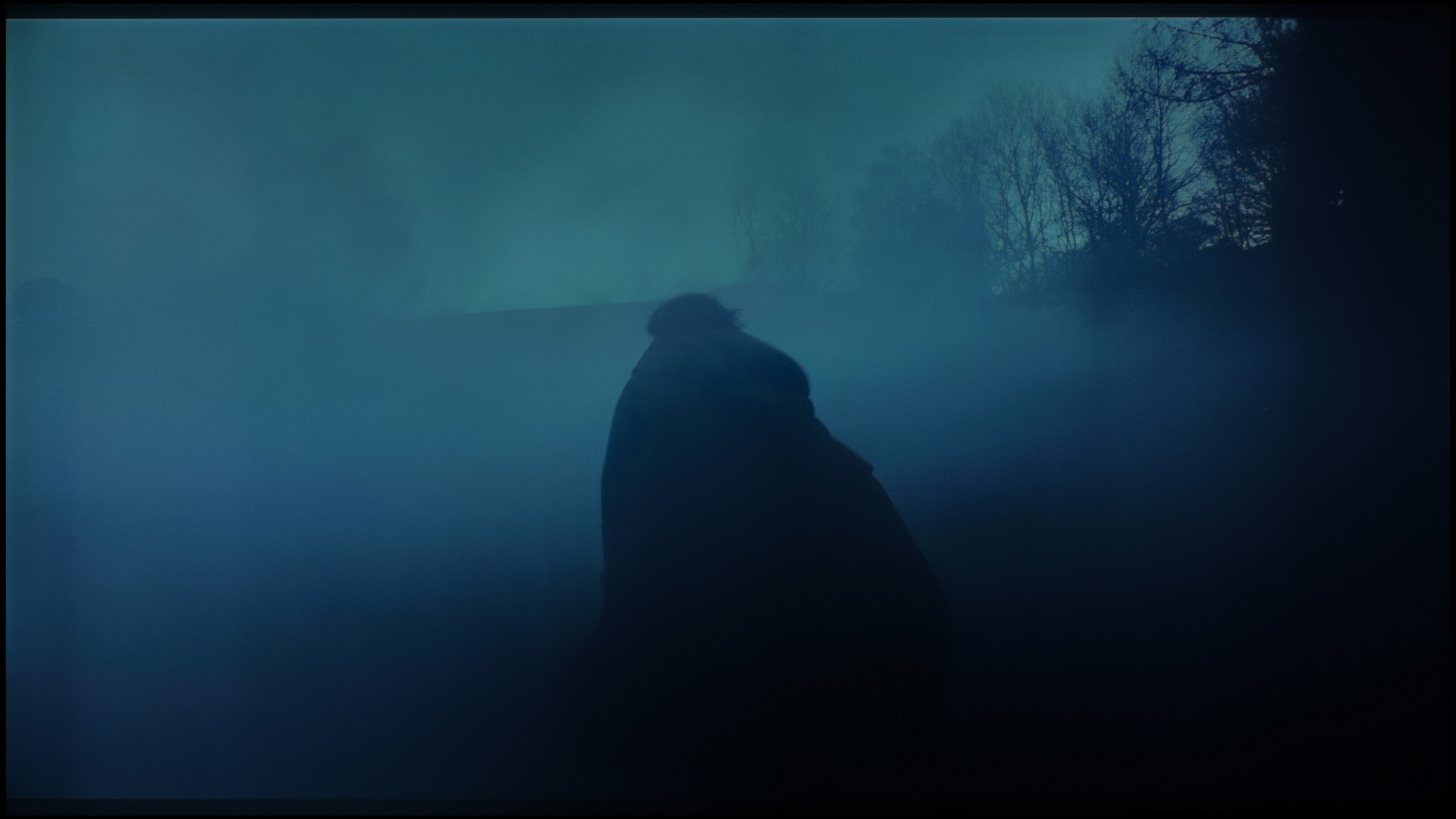






The fluidity of tonal transitions in LG televisions has always been a fairly sensitive issue, as the manufacturer, despite impeccable performance in other areas, has almost always struggled to get this right. The results of the assessment of the fluidity of tonal transitions in the tested television were quite good, and the problems are mainly visible in darker scenes, such as the last two scenes. Interestingly, this is a result that is definitely better than the highest model from the manufacturer, namely the LG G4.
TCL C7K performs very well with colour gradation – in most of the tested scenes, the tonal transitions were smooth, and the colours blended together without visible outlines or the artificial effect of “blobs”. In everyday use, it is difficult to find fault with anything – the picture looks natural, without irritating transitions or digital artefacts. Certain limitations only appear in very dark tones – particularly in a heavily muted grey palette, where the television may struggle to reproduce an ideal gradation. But this is absolutely understandable, as even many significantly more expensive models in this range simply falter. Fortunately, these situations are rare and do not significantly affect the overall impression.
Image scaling and smoothness of tonal transitions
8/10
5.5/10
Smooth transition function

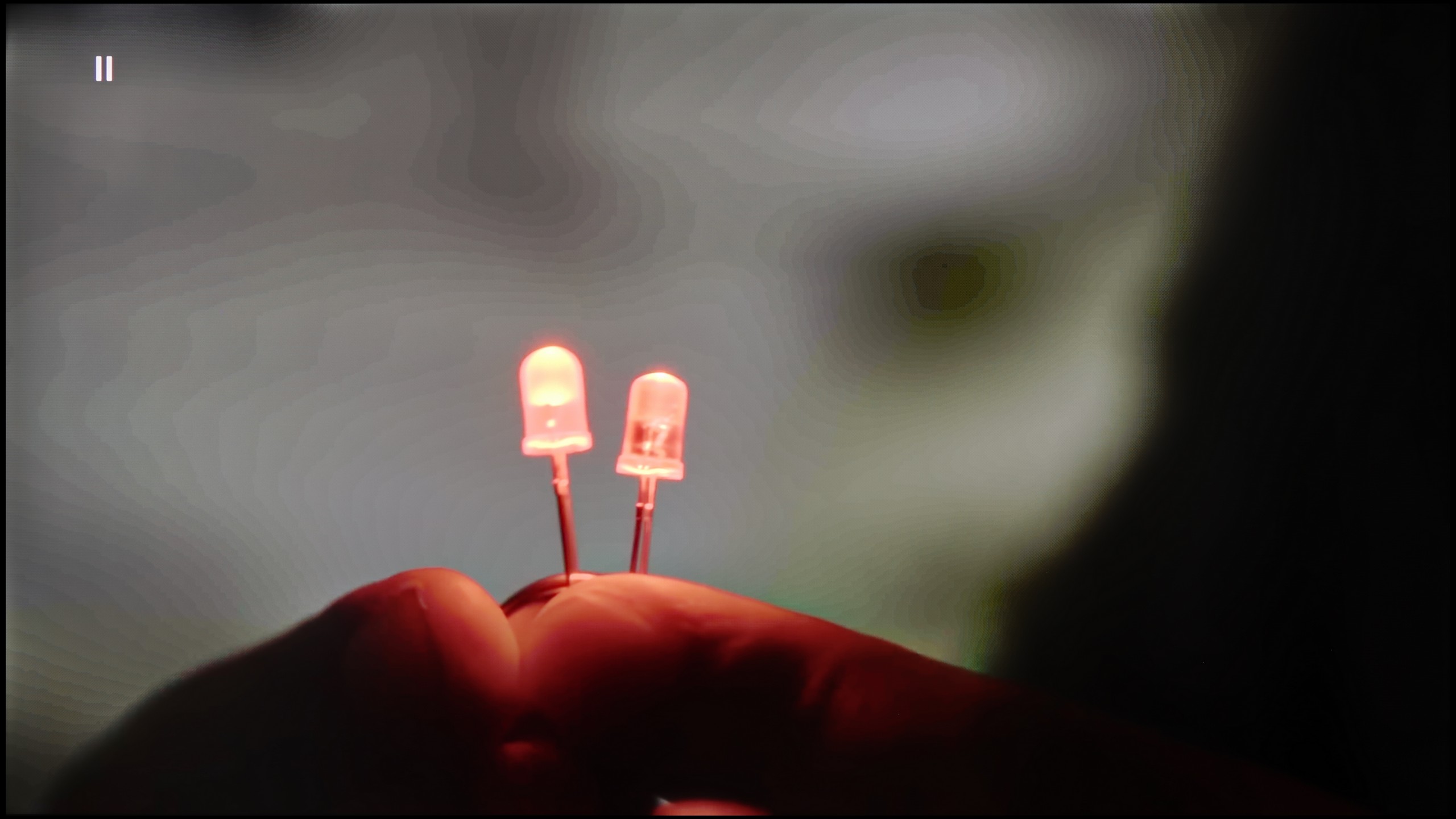
Image without overscan on the SD signal


Once again, we will take a look at the function responsible for smooth gradation, but we will also address the one that aims to improve the quality of lower-quality materials. The default smoothing of tonal transitions, as we have seen, was not the worst, but it can still be improved. The function has a slider, which allows us to adjust its strength. We recommend using the first one, as it yields very good results and does not blur important details.
Image scaling in LG C4 is quite good; however, it cannot be said to be without flaws. The image is slightly sharper by default, although not in a very noticeable way. Admittedly, there are jagged edges on the trees, but this is not a major issue compared to other manufacturers.
The TCL C7K features a function that, according to the manufacturer, is designed to smooth out unwanted colour transitions – a sort of rescue for less successful tonal shifts. It's called "Gradual Smoothing" and... well, it sounds ambitious, but in practice, it works very poorly. Regardless of whether we set it to low or high, the difference is minimal. What's worse, the function can cut out elements from the image that should remain. Fortunately, the film grain remains untouched, so at least it doesn't smooth everything indiscriminately, but still – it's better to simply turn this option off.
When it comes to scaling lower resolution content, it’s much better. SD and HD materials look quite decent, although at times we had the impression that the image was losing sharpness and becoming too soft – as if something was detracting from its clarity. Fortunately, with very low sources (e.g. 576p), there was no overscan effect, meaning the image was not artificially cropped – everything fit on the screen as it should.
Blur and motion smoothness
8.5/10
8.1/10

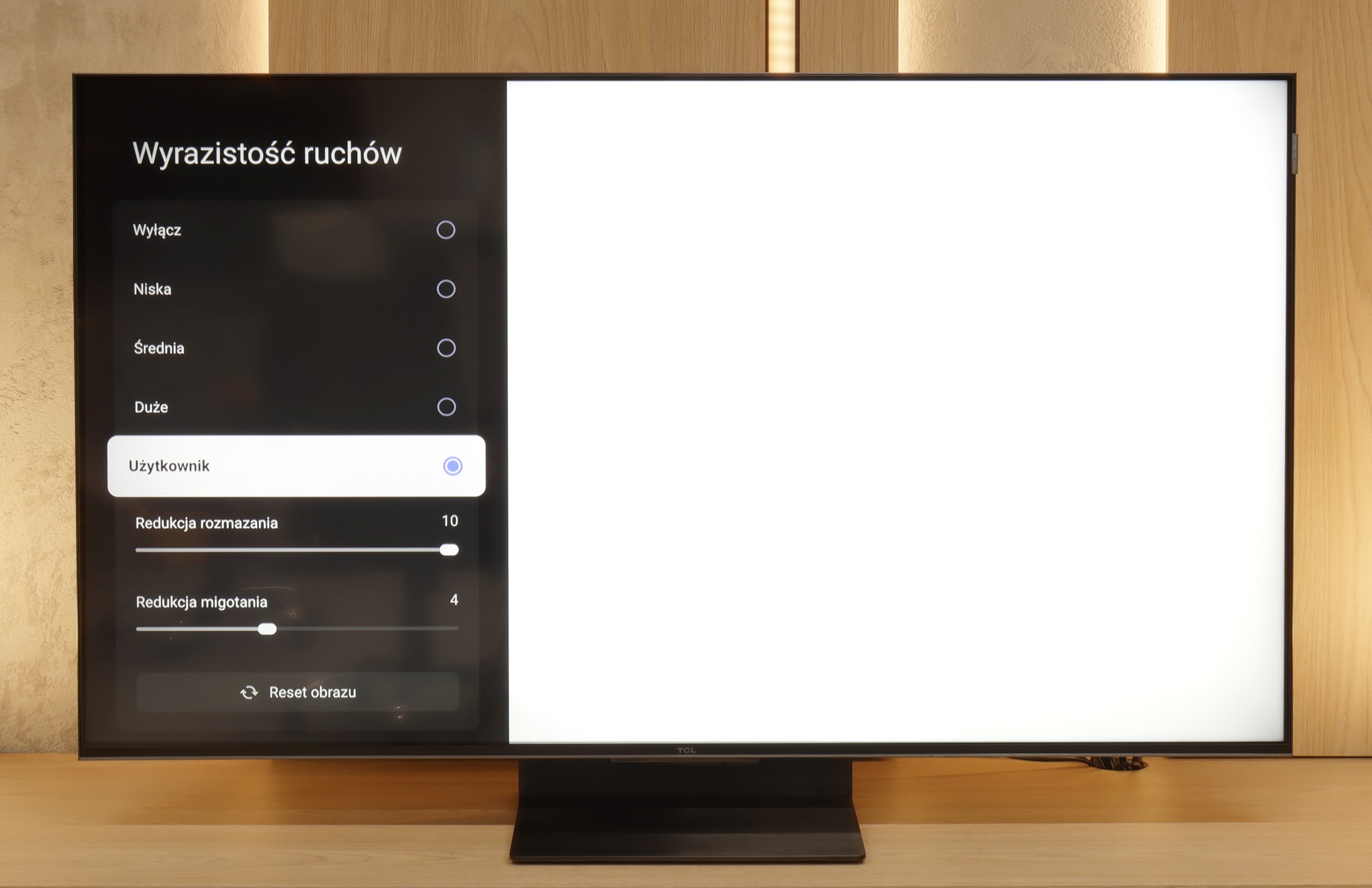
Blur (native resolution, maximum refresh rate):





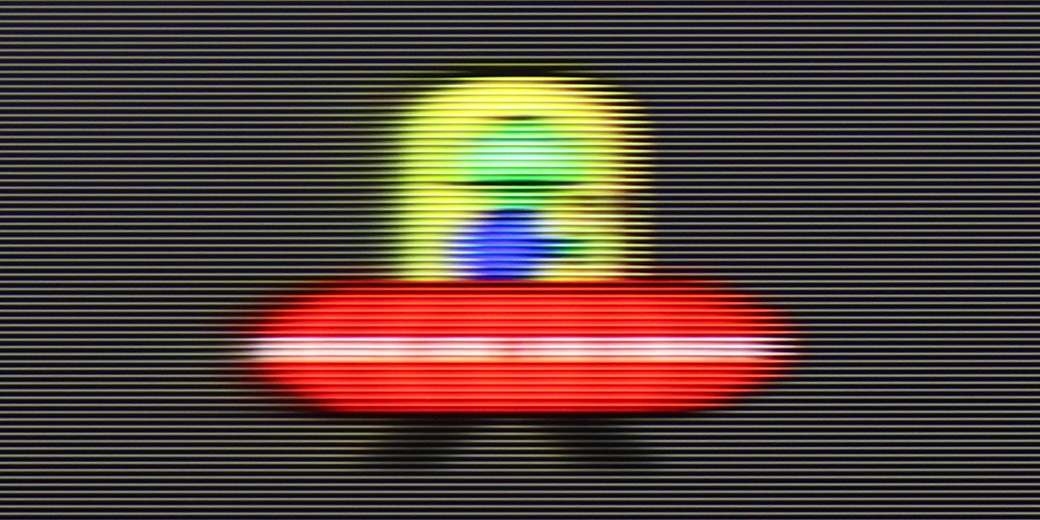
Blur (BFI function enabled):
Image flickers in this mode






Smużenie ():
Smużenie (4K@144Hz):



The maximum refresh rate that we can set on the LG G4 is 144 Hz. Naturally, this is only possible when connecting the television to a very powerful PC. In other cases, we will be operating at a maximum refresh rate of 120 Hz, which is recommended if we primarily want to watch sport or content with a lot of motion dynamics. For those requiring high fluidity of the image, the manufacturer has implemented a multi-step motion smoother called "TrueMotion". It has been divided into two separate sliders that adjust the sharpness of moving images (De-Blur) and judder (De-Judder). Both sliders can be set within a range from 0 to 10, with each degree affecting the degree of smoothing, allowing everyone to find their golden mean.
The LG OLED C4 panel features an average response time of less than 1 ms (which directly results from our measurements), allowing for an incredibly clear image that is unattainable for LCD televisions, whose response times can be as high as several milliseconds. This is clearly visible in the pictures from the "UFO Test," showing no trailing blur behind the object.
The TCL C7K handles motion smoothness really very well. The matrix used in it offers a refresh rate of 144 Hz, which in itself suggests that this television is something more than a regular "60 Hz" panel. What's more – if we connect the C7K to a computer and set the resolution to Full HD. But we will write more about this in the section for gamers and cooperation with PCs. Returning to everyday use – both sports and films look very good here. Thanks to the fast panel and well-functioning motion smoother, the C7K is great for watching matches, as well as for film screenings. In the menu, we find two sliders – blur reduction and flicker reduction – which allow you to adjust the smoothness effect to your own preferences. At lower settings, we get a more cinematic effect, with a slight choppy motion. At higher settings – the image becomes more theatrical, overly smooth. Everyone can set it to their liking.
Console compatibility and gaming features
10/10
9.8/10
- ALLM
- VRR
- VRR range40 - 144Hz48 - 240Hz
- Dolby Vision Game Mode
- Correct implementation of HGIG
- 1080p@120Hz
- 1440p@120Hz
- 4K@120Hz
- Game bar

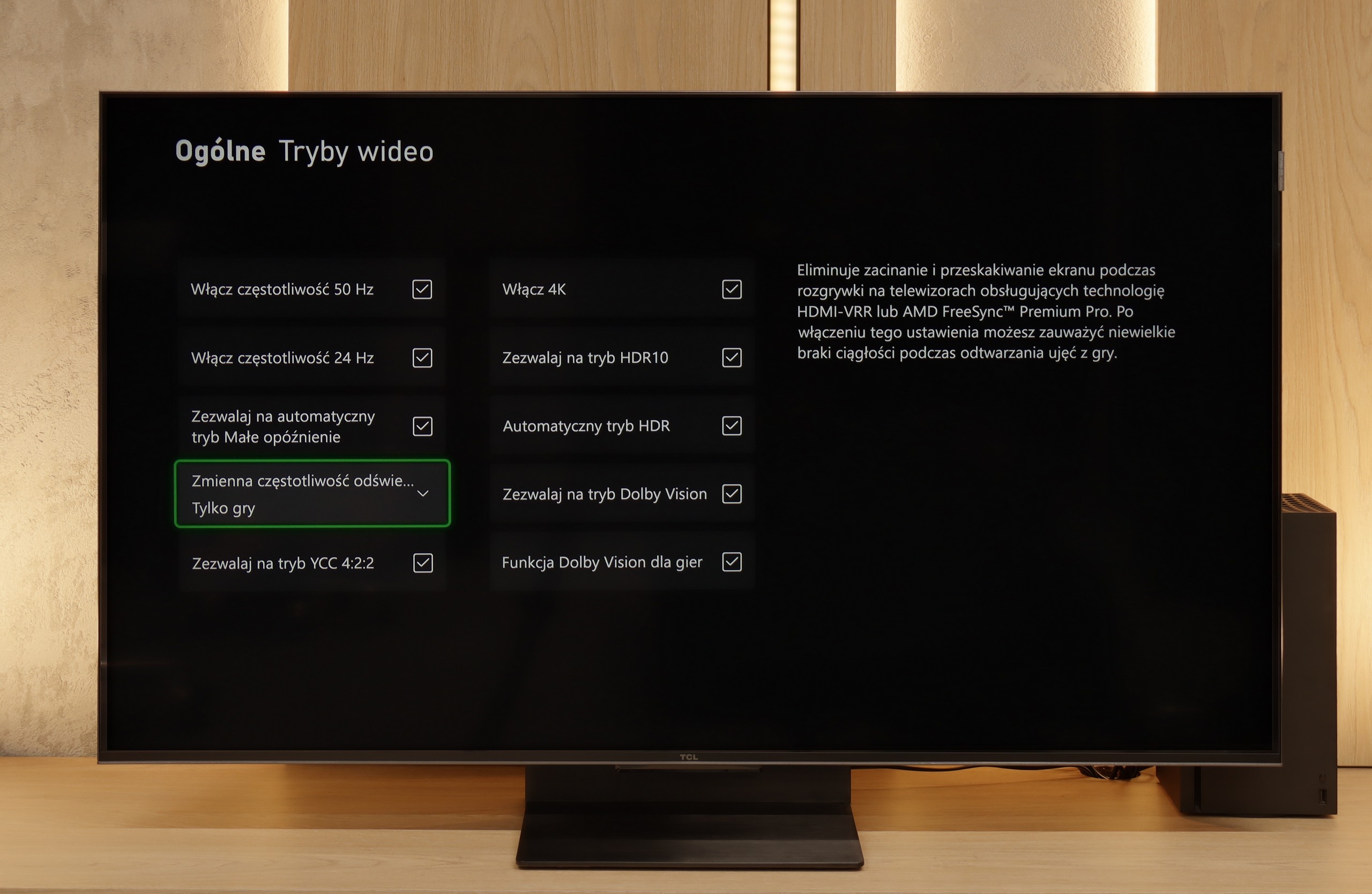

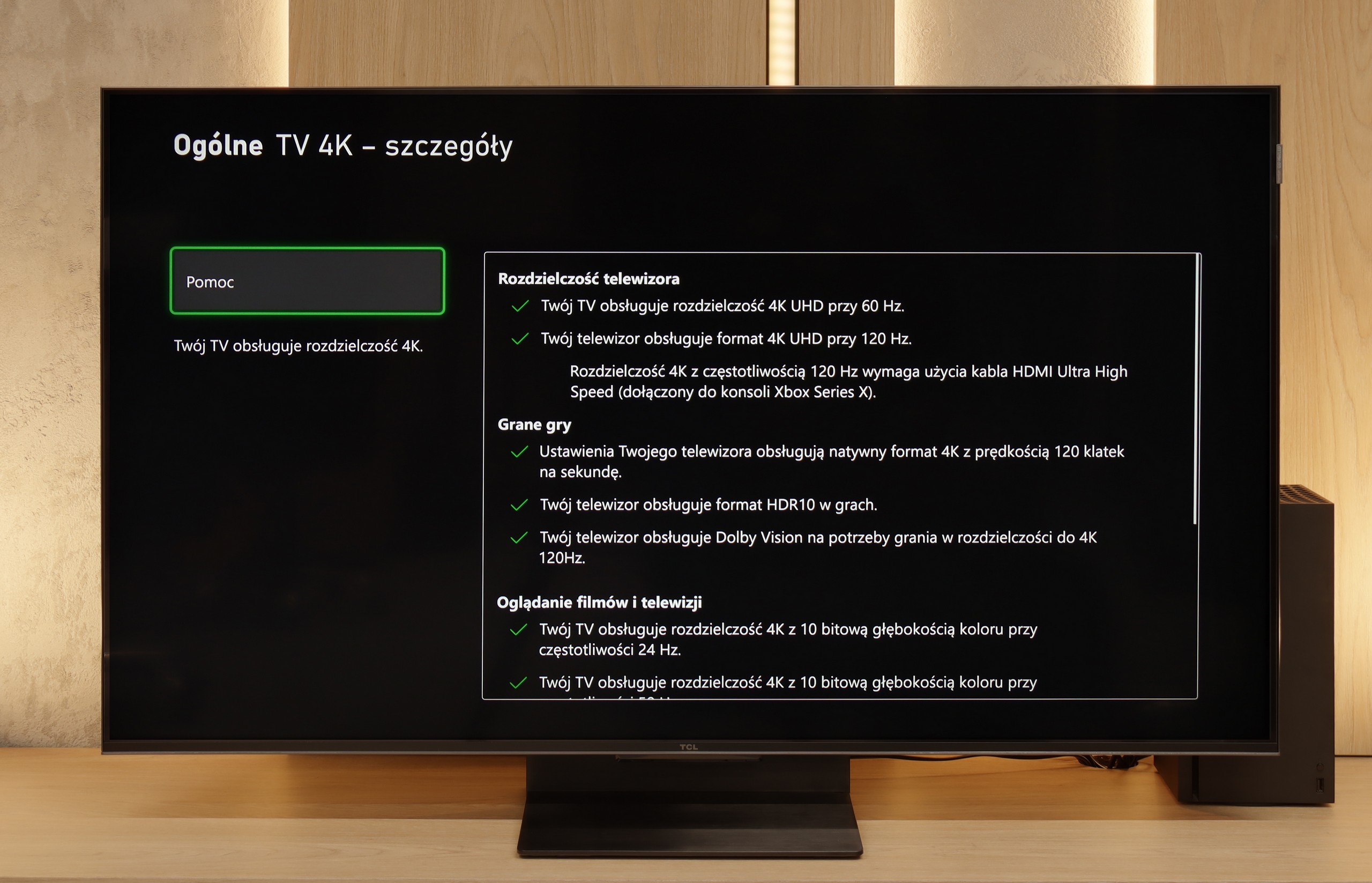

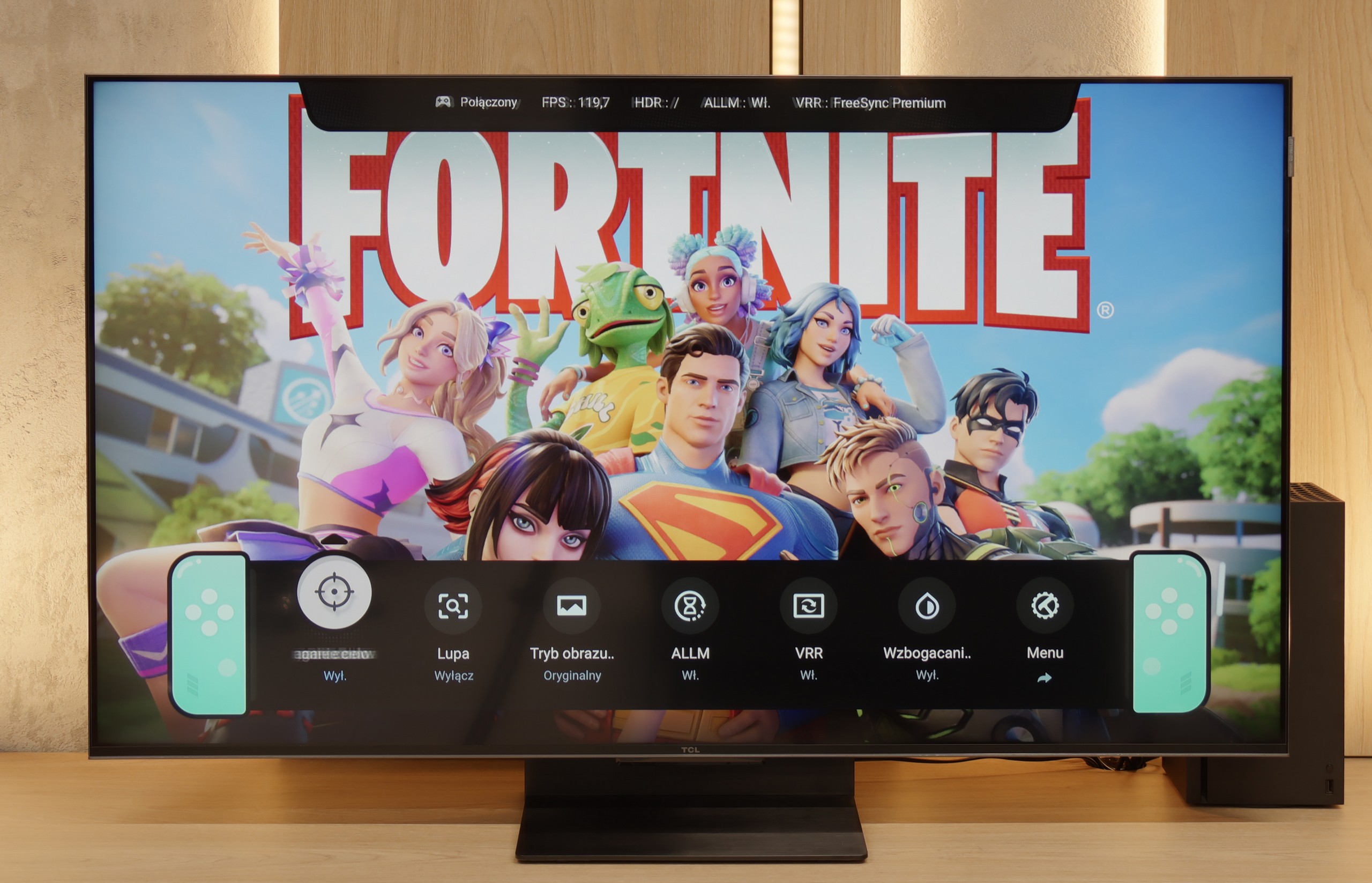

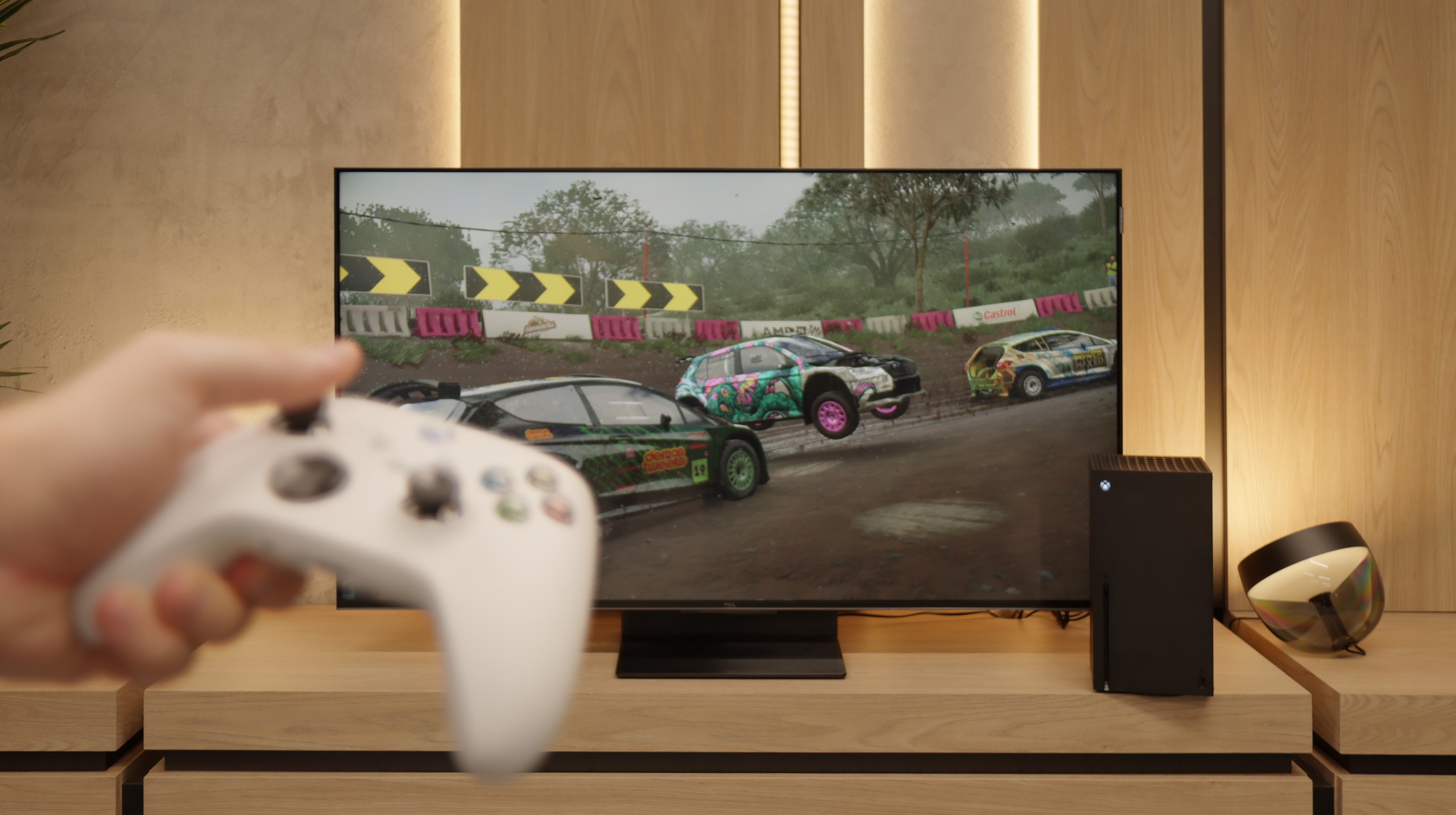
We can already say that LG C4, like practically every OLED television from the manufacturer, is exceptionally good in terms of compatibility with consoles and PCs. Thanks to the implementation of four full bandwidth HDMI 2.1 ports at 48 Gbps, the manufacturer has included all features that enhance the gaming experience, among which we find simultaneous support for FreeSync and G-Sync technology. With such a tandem, gamers with a graphics card from AMD or Nvidia can confidently opt for C4. However, what should delight the players requiring the highest possible quality the most is the simultaneous implementation of HDR Dolby Vision and HGIG mode. The first is particularly important as it works with extremely low input lag in all settings.
A standard in the Korean manufacturer's televisions is also the implementation of GameBar, allowing for quick adjustments of settings "on the fly" without the need to exit the game. It also enables image adjustments for visually impaired individuals, which is a very nice touch. Another important piece of information is that when VRR technology is enabled, we will not experience a drop in contrast. This is, of course, due to the panel's design and the absence of conventional backlighting. However, it is normal for shades of grey to flicker slightly, although this is a characteristic feature of this function regardless of the manufacturer and television.
In summary: LG C4, just like all of the manufacturer's OLEDs equipped with high refresh rate panels and HDMI 2.1 ports, creates a harmonious whole with consoles. In practice, it is a complete television, and if we expect the highest possible performance in gaming, C4 will be an ideal choice.
The TCL C7K is a television that on paper appears to be the dream equipment for gamers – and most importantly, it also holds up in practice. To start with the good news: there are two full-bandwidth HDMI 2.1 ports, so we can easily connect both a console and a computer, making full use of their capabilities. The panel itself supports a refresh rate of 144 Hz, which provides a significant advantage in fast-paced games. Additionally, it comes with a complete set of gaming features: VRR (Variable Refresh Rate), ALLM (Auto Low Latency Mode), and support for Dolby Vision in games. There is also an HGiG mode that allows for an HDR effect in line with the creators' intentions. GameBar, which is an information bar for gamers. It works quickly, looks clear (like a Nintendo console👌), and shows the most important information: the current frame rate, VRR status, and even HDR parameters.
Input lag
10/10
9.6/10
SDR
HDR
Dolby Vision
The input lag of the LG C4 is at an incredibly low level in every scenario. Even the most dedicated gamers will surely appreciate the very low input lag at demanding 4K 120 Hz settings with HDR, which is just 5 ms. It is also worth noting that the lag at the same settings but with Dolby Vision HDR enabled remains unchanged, which is not so obvious with the competition. Therefore, it deserves the highest rating and recommendation.
When it comes to delays, the C7K gives no reason to complain. In games at 120 Hz, the input lag is around 10 ms, meaning the television responds really quickly. Interestingly, even in Dolby Vision mode, the result is very similar, which is not always the standard. Well done, TCL. At 60 Hz, the lag obviously increases a bit, but that's completely normal and applies to practically every television with a 120 Hz refresh rate or higher. The most important thing is that everything still runs smoothly and there is no sense that something is not responding to our actions.
Compatibility with PC
8.6/10
8.4/10

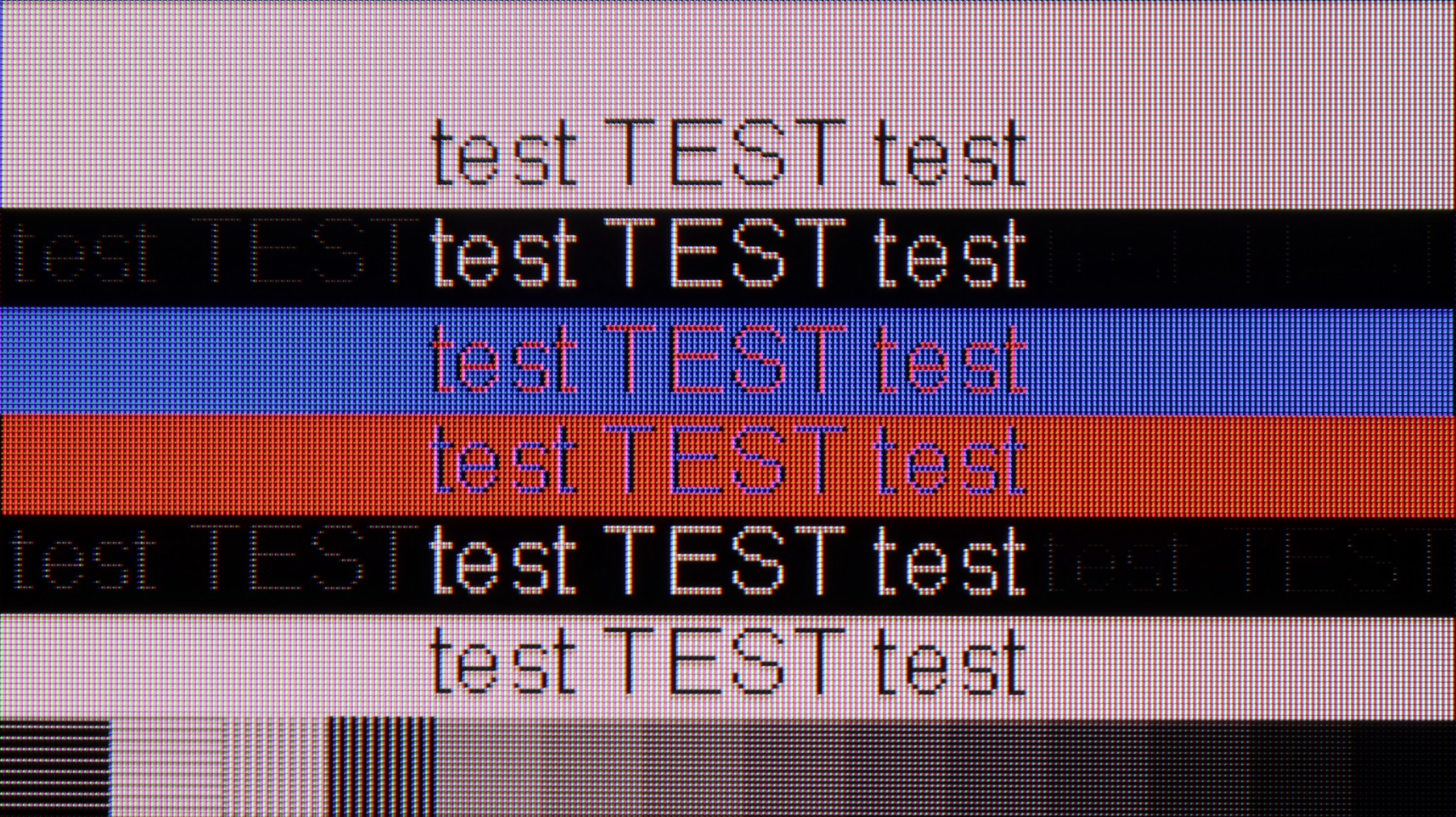
LG C4 in combination with a PC performs excellently, thanks to a very low latency of just 13.5 ms, which is practically an instantaneous response between the mouse, eye and screen. A particularly important issue when working on the screen is the readability of text, which in the case of the tested television is very good. However, it is worth noting that to achieve sharp fonts, you need to enable the passthrough option in the settings.
The RWBG pixel arrangement has no significant impact on the display of fonts or letters, which is a considerable advantage over Samsung's QD-OLED panels. Users of both computers equipped with the Windows operating system and macOS will certainly be satisfied with the experience on the screen of the tested television.
If we intend to connect the C7K to a computer – especially for gaming – there is really a lot to play for. Here we have 4K at 144 Hz, which sounds great in itself, but if we lower the resolution, the TV can display even 280 Hz. In e-sports, where every fraction of a second counts, that really makes a difference. Added to this is support for G-Sync and FreeSync, so no matter what graphics card we have – the image will be smooth, without any stutters or tearing.
However, if we plan to place the C7K on a desk and use it like a monitor, it’s a bit less "rosy". True, it supports chroma 4:4:4, so fonts should be sharp, but with very dark letters, there is a slight blurring and dimming of edges. This is not something that immediately jumps out at you during gaming or watching, but when working with text – it can be distracting. In everyday use – rather without concern, but if we plan to place 50 inches a metre from our face, it's worth keeping this in mind.
Viewing angles
7.5/10
3/10
The undeniable advantage of OLED panels is their efficiency in the context of group viewing, that is, from various angles. LG C4 maintains very good contrast, colour saturation, and fidelity. Although this is not the result of organic televisions supported by MLA technology, it cannot be said that anyone who purchased the device was dissatisfied with the results obtained. However, it should be noted that at sharp angles, a slight greenish tint can be observed. This is a characteristic feature of WRGB panels from LG, without the aforementioned microlens technology, and unfortunately, there is nothing that can be done about it.
There are no surprises here – the C7K has classic viewing angles for a VA panel. That is: sitting directly opposite – it’s great. The colours look good, the contrast is strong, everything is in place. But just shifting slightly to the side and it starts to get worse – the picture loses saturation, the black becomes greyish and the overall impression diminishes somewhat. So if we are planning to watch together with several people or have a sofa that takes up half the living room – it’s worth seating everyone more centrally. You can watch from the side, but don’t expect miracles – it’s simply a characteristic of the VA panel.
TV efficiency during daytime
5.7/10
6.4/10

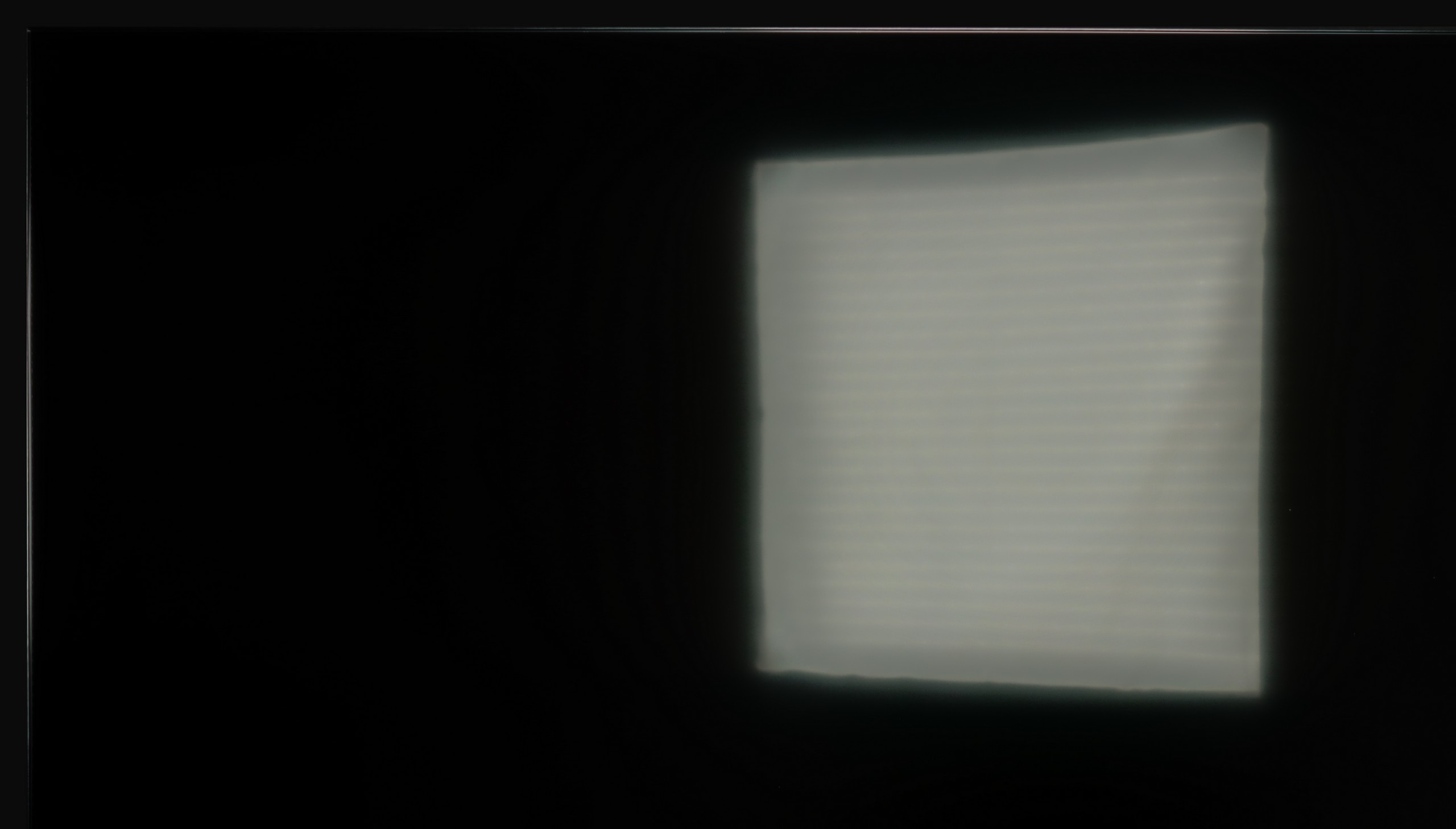


Matrix brightness
Average luminance SDR
TCL C7K / QM7K 55"-85": 529 cd/m2
LG OLED C4: 367 cd/m2
The maximum brightness of the television in SDR materials is 367 nits. For an OLED television, this is a very good result that allows for quite comfortable viewing during the day. It is worth noting two things. Thanks to the glossy coating of the screen, reflections are held well in place and do not spill over onto the rest of the display. The second issue is the brightness of the screen at 100% white fill, which hovers around 220 nits, a remarkable result, as until recently OLED televisions in this range could only "boast" of brightness that was half as much. This means that conditions for watching, for example, winter sports will be very good.
Fortunately, the TCL C7K performs quite well in a bright room. The applied matrix has a satin finish that effectively suppresses reflections, meaning we don't have to worry about reflections from lamps or windows even on sunny days. Importantly, the colours maintain their intensity and do not wash out, as can happen with weaker matte panels. As for the brightness itself, the average for content like YouTube or regular television reaches just below 500 nits. This is not a record-breaking result – for example, the MQLED85 (C765) performs better in this regard. However, it should work without major issues for everyday viewing during the day, as long as we do not plan to place it opposite a south-facing window without curtains.
Details about the matrix
Subpixel Structure:

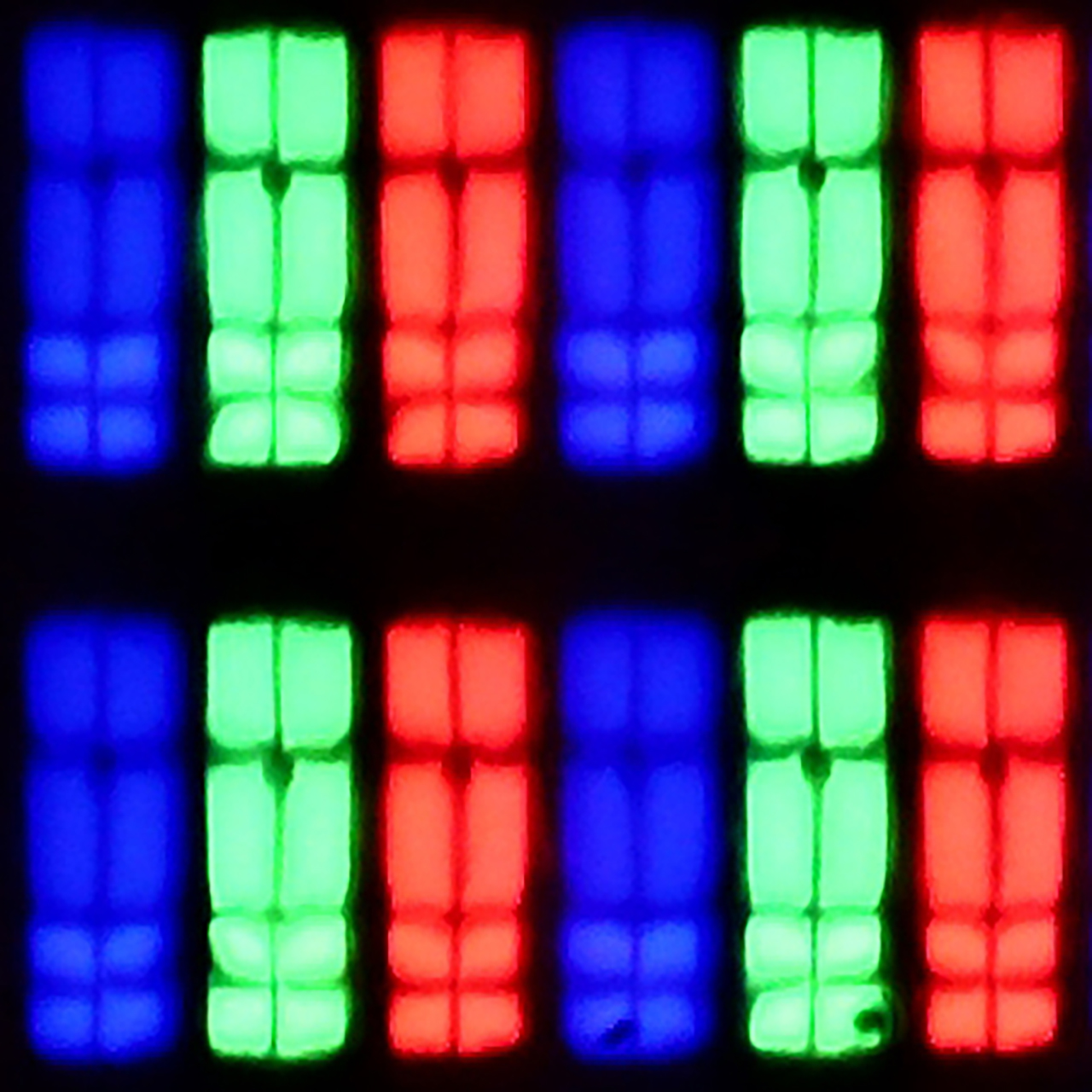
Panel uniformity and thermal imaging:

LG OLED C4
TCL C7K / QM7K 55"-85"
TV features
8.9/10
7.3/10
- HDMI inputs0 x HDMI 2.0, 4 x HDMI 2.1 48Gbps2 x HDMI 2.0, 2 x HDMI 2.1 48Gbps
- OutputsToslink (Optical audio), eARC (HDMI), ARC (HDMI)Toslink (Optical audio), eARC (HDMI), ARC (HDMI)
- Network InterfacesWi-Fi 2.4GHz, Wi-Fi 5GHz, Ethernet (LAN) 100MbpsWi-Fi 2.4GHz, Wi-Fi 5GHz, Ethernet (LAN) 100Mbps
- TV receptionDVB-T, DVB-T2, DVB-S, DVB-S2, DVB-CDVB-T, DVB-T2, DVB-S, DVB-S2, DVB-C
Classic features:
- Recording to USB (terrestrial TV)
- Recording programming
- Picture in Picture (PiP)
- RF remote control (no need to aim at the screen)
- Backlit remote control
- Teletext
- Audio only mode
- Bluetooth headphones support
- Simultaneous Bluetooth headphones & TV audio
Smart features:
- AirPlay
- Screen mirroring (Windows Miracast)
- Voice search
- Voice search in native language
- Ability to connect a keyboard and mouse


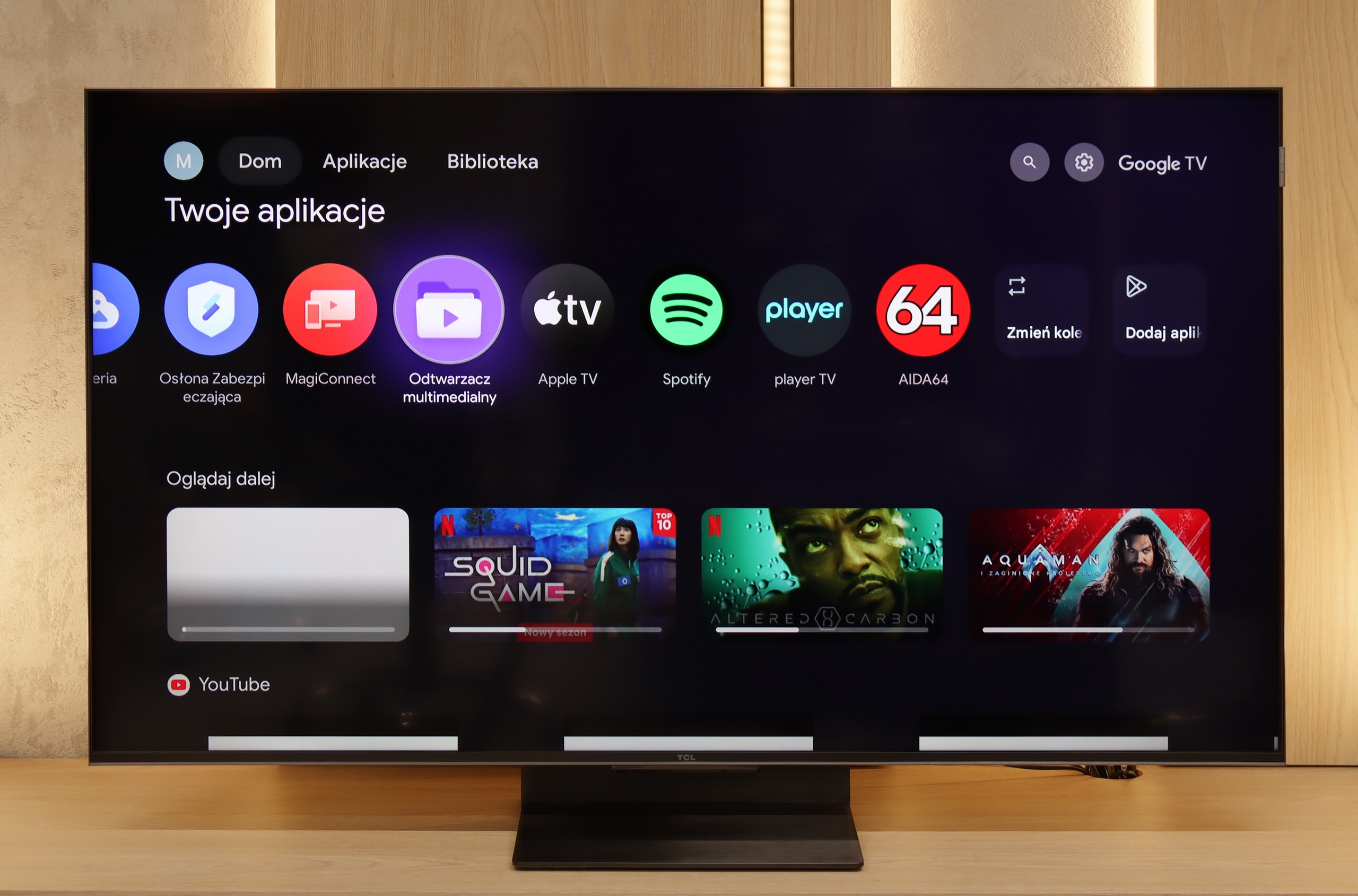
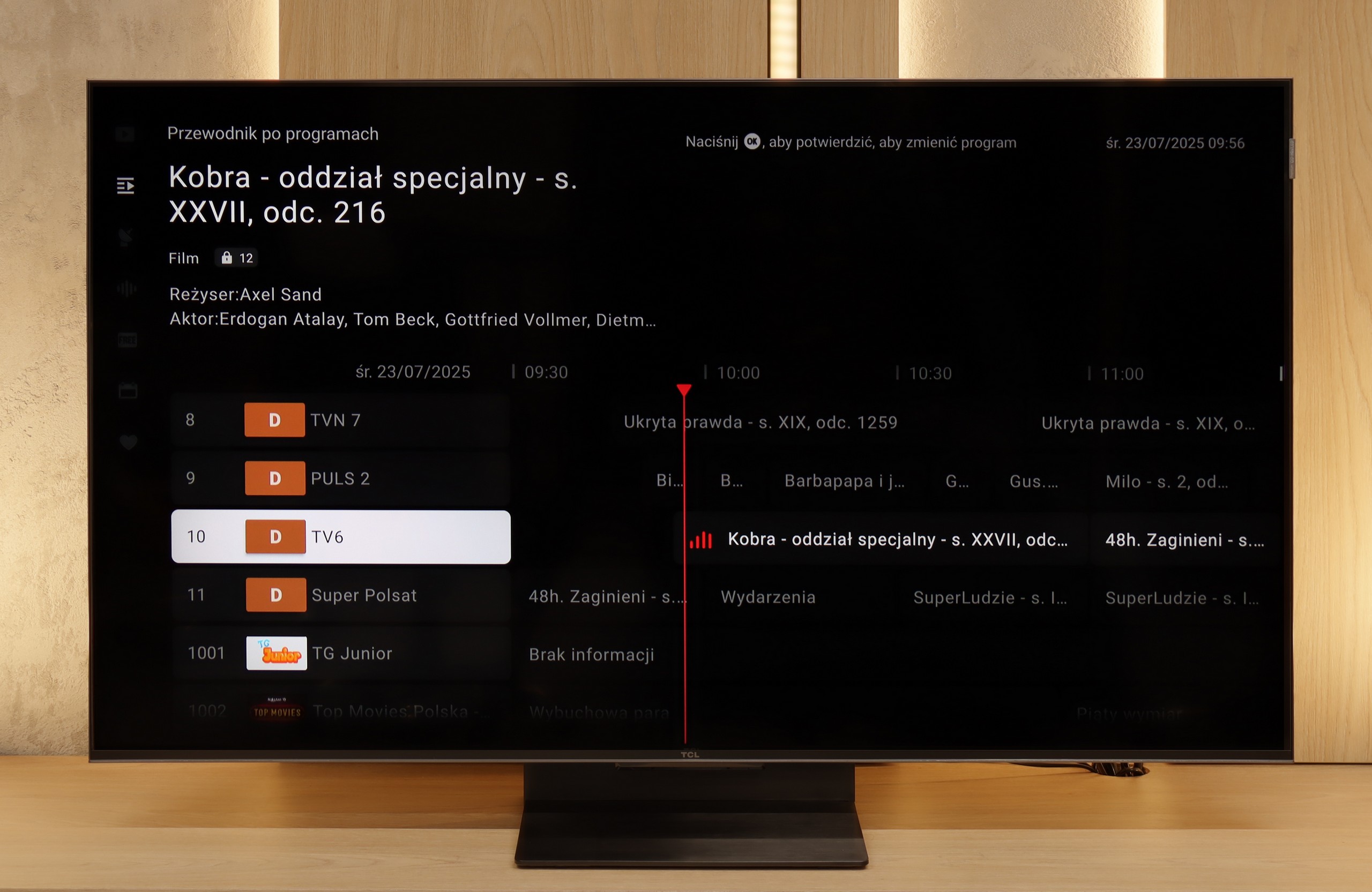
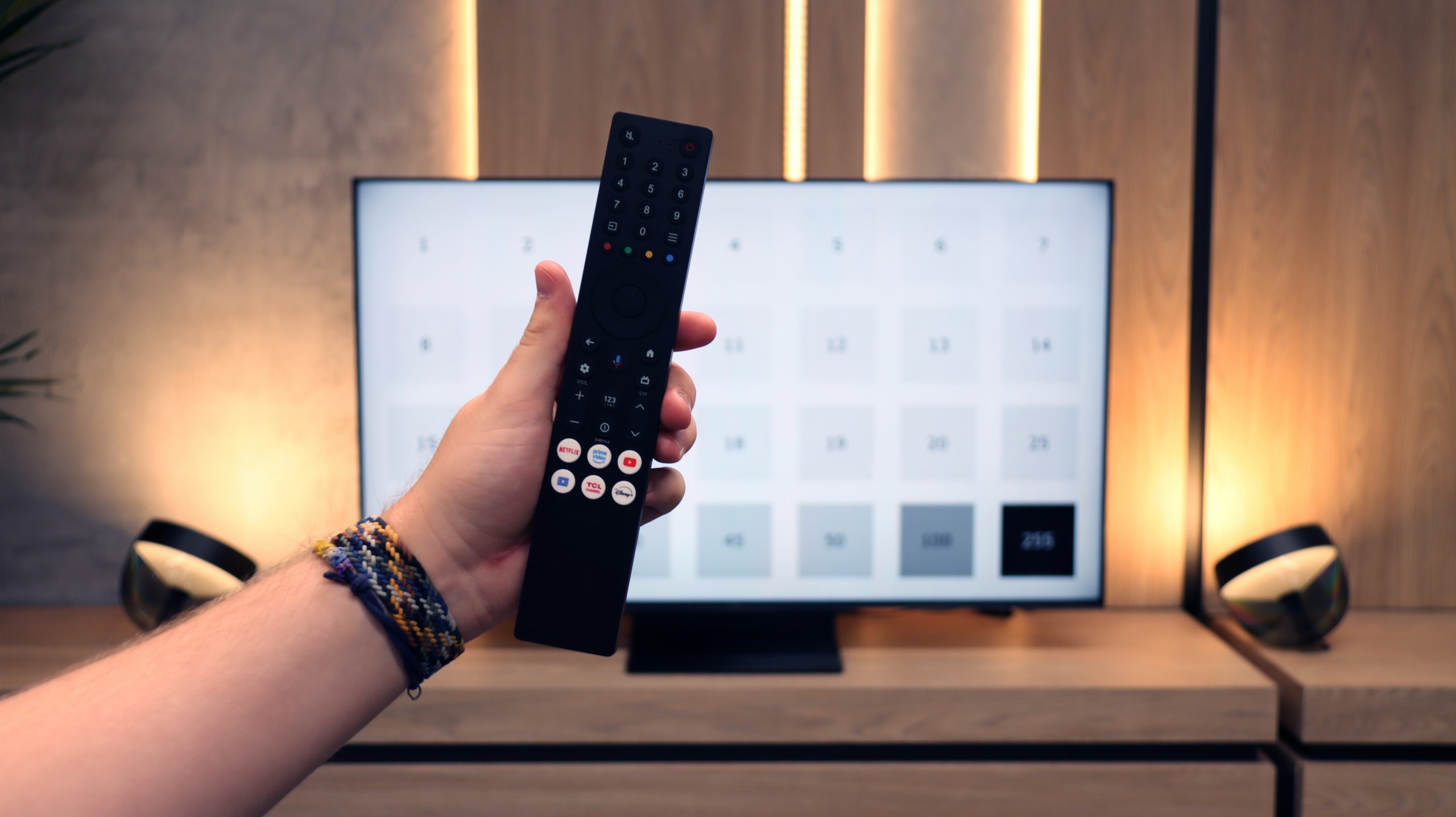
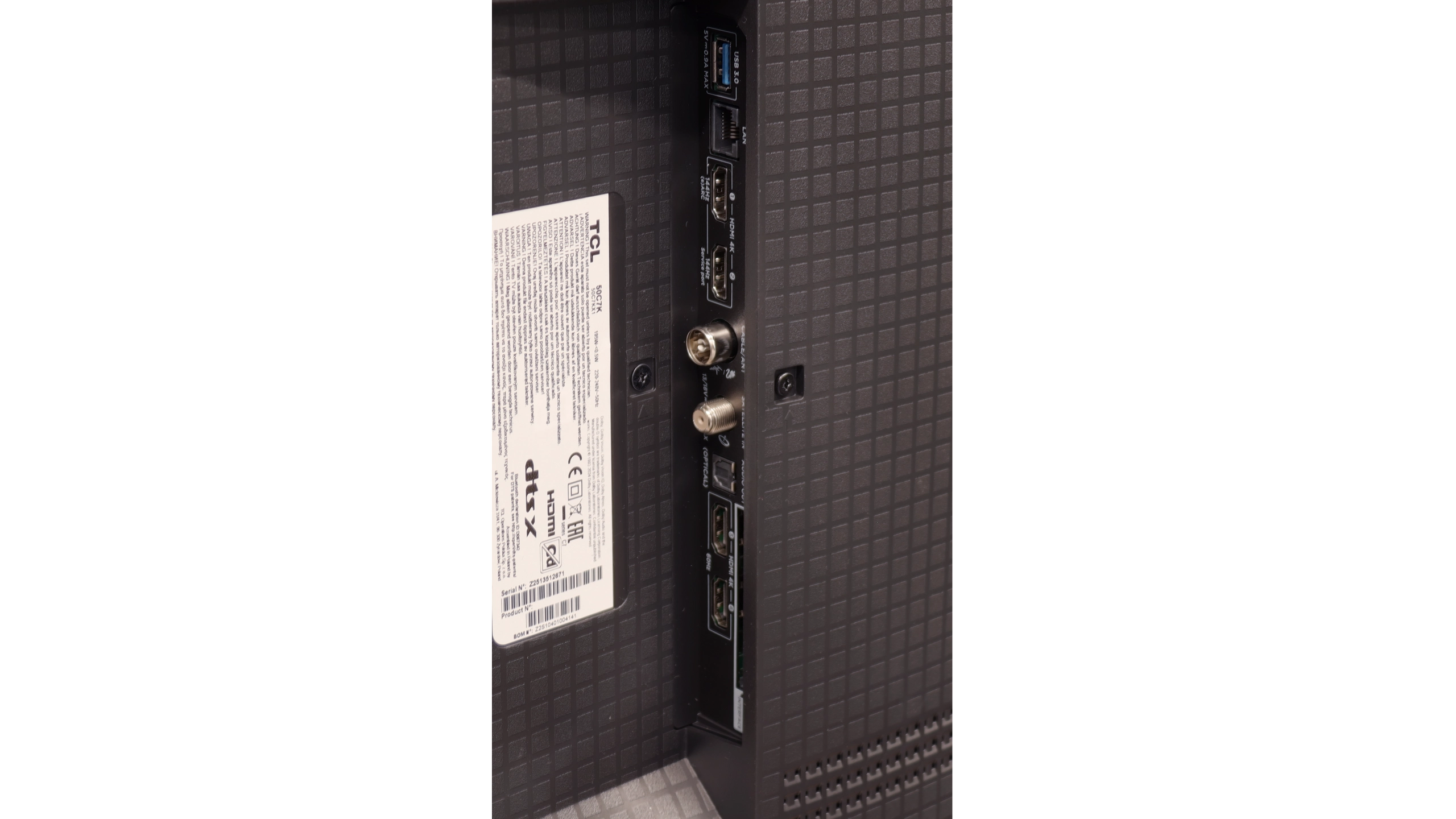
LG uses the well-known proprietary WebOS system that has been around for many years. The system offers practically all the most important applications, and the few that are missing can be counted on one hand, such as CDA or KODI. It is also worth mentioning that the modern web browser and the remote control with a built-in mouse allow for convenient use of streaming services in this way, if there is no built-in application.
WebOS also features a highly valued ability to perform operations with a cursor that appears when the remote control is in motion. The convenience of such a function is invaluable when typing in queries or passwords for portals. WebOS, like most systems, also supports features such as screen mirroring, AirPlay, voice search in Polish, and the ability to connect headphones via Bluetooth. On more practical matters, WebOS allows simultaneous use of headphones and the TV speaker, which will certainly be a big help for people with hearing impairments. Among the more interesting features, particularly appreciated by sports fans, is the option to turn on an alert notifying about an upcoming match, ensuring that we never miss a broadcast. The home panel is also praiseworthy, allowing for the control of all smart devices connected to the home network. For example, the cycle of completed laundry will be signalled by a notification in the upper right corner.
In summary, the WebOS system, although less known and having certain limitations compared to Android TV, offers stable and fast performance and supports most features that users may need. It is a solid solution for those looking for a simple and effective operating system in their television.
SmartTV: GoogleTV
The greatest strength of the TCL C7K in everyday use is undoubtedly the Google TV system. Thanks to it, we have access to an almost endless library of apps, including some more niche ones that are often unavailable on other platforms. The built-in Google Assistant understands Polish, so we can easily ask what is on TV, what the weather is like, and even issue a few voice commands to control the television. The presence of Chromecast and AirPlay is also a plus, as they work seamlessly and make life easier.
User Features
However, the classic features leave something to be desired. Here we will find the basics – teletext, EPG, or the option to connect headphones – but that's about it. There is a lack of USB recording functionality or picture-in-picture (PiP) mode, which can still be found with some competitors. It is also worth noting that Google TV in the TCL version can sometimes have oddly translated parts of the menu or minor errors in the interface. These are not things that interfere with everyday use, but those sensitive to details may notice them.
Playing files from USB
9.3/10
9.2/10
Supported photo formats:
Maximum photo resolution:

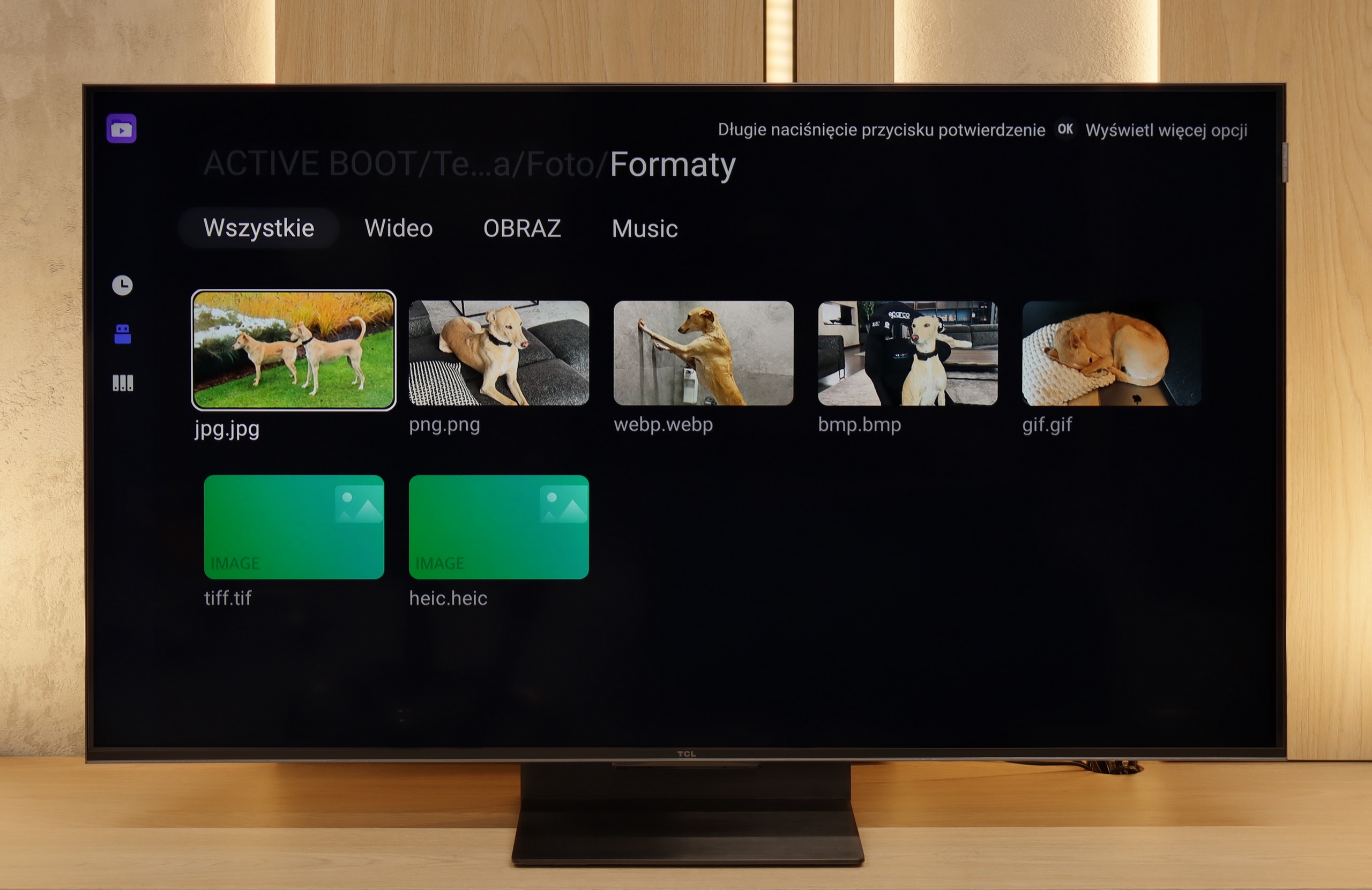
The default file player in LG C4 definitely handles all image resolutions well. We can successfully play videos recorded in virtually all the most popular formats, including Dolby Vision. The only codec that the C4 does not support is H.266 VVC, although this is currently rather unused. However, it is a pity that subtitles in .txt format are not supported. Attention should be paid to the supported image formats, of which there are only three: JPEG, PNG, and, importantly for Apple phone users - HEIC. However, the tested television cannot be faulted for lack of diversity in audio files, the playback of which will not be met with a compatibility warning.
The built-in media player on the TCL C7K performs really very well. It supports most of the most popular audio and video formats, so if we want to quickly throw something on from a USB drive and play it, there shouldn't be any problem. Of course, as is often the case, you can find some minor shortcomings – not every exotic codec will work (Apple's HEIC), not all subtitles will be perfectly synchronised (txt.). However, the biggest advantage of this television comes to the rescue, which is Google TV. With access to the Google Play store, we can easily install an alternative player, such as VLC, and then no files will be daunting.
Apps
9.1/10
9.6/10














































Sound
7.5/10
7.7/10
- Maximum volume--
- Dolby Digital Plus 7.1
- Dolby True HD 7.1
- Dolby Atmos in Dolby Digital Plus (JOC)
- Dolby Atmos in Dolby True HD
- DTS:X in DTS-HD MA
- DTS-HD Master Audio
The implemented audio system in LG C4 has been very well tuned, allowing us to experience strong bass, as well as balanced mid and high tones. We can confidently say that in its price range, it is one of the better sounding televisions. However, we believe that those deciding to purchase the C4 will already own a dedicated audio set. The presence of DTS-HD Master Audio and Dolby Atmos codecs will not be without significance.
In the larger versions of the C7K (from 55 inches upwards), the sound is even more impressive than in the smallest 50-inch variant. This is due to the greater number of built-in speakers and additional channels that allow for a fuller, more spacious sound. The bass becomes more pronounced, dialogues gain clarity, and the film effects can really fill the room.
It is worth mentioning the collaboration between TCL and the Bang & Olufsen brand, which appeared in the 2025 models. Even if we do not have a hundred percent certainty that original transducers from the Danish company are inside, the final effect surprises very positively. For a television without an additional soundbar, the larger C7K models deliver sound that can be enjoyed even during longer film screenings.
